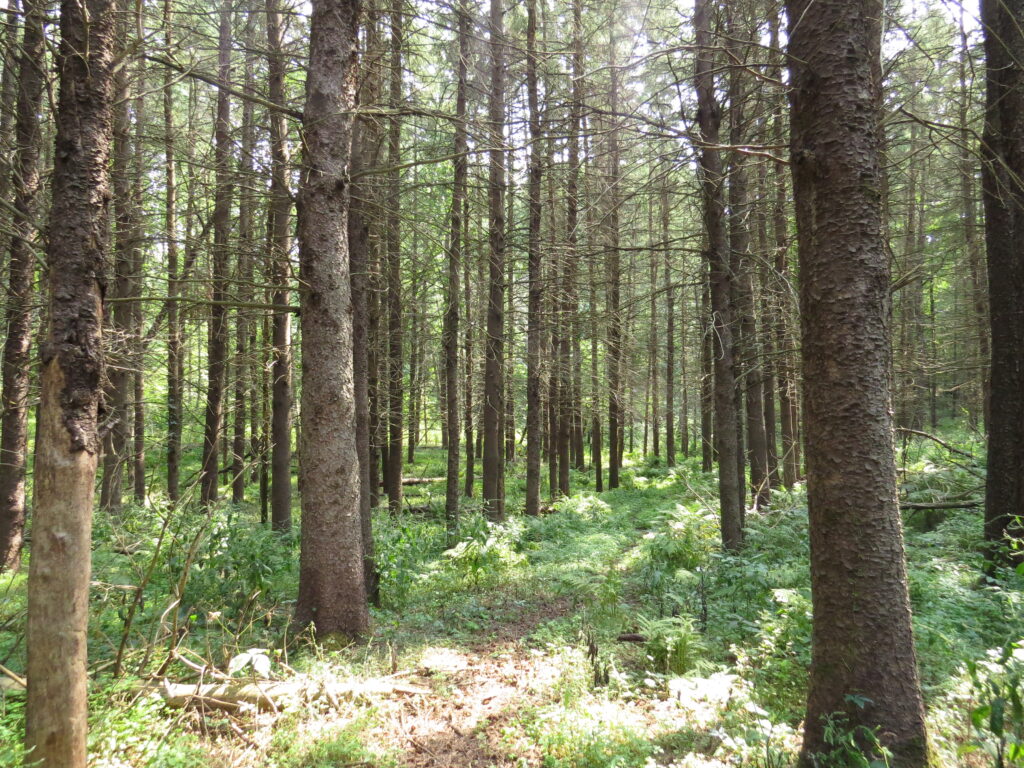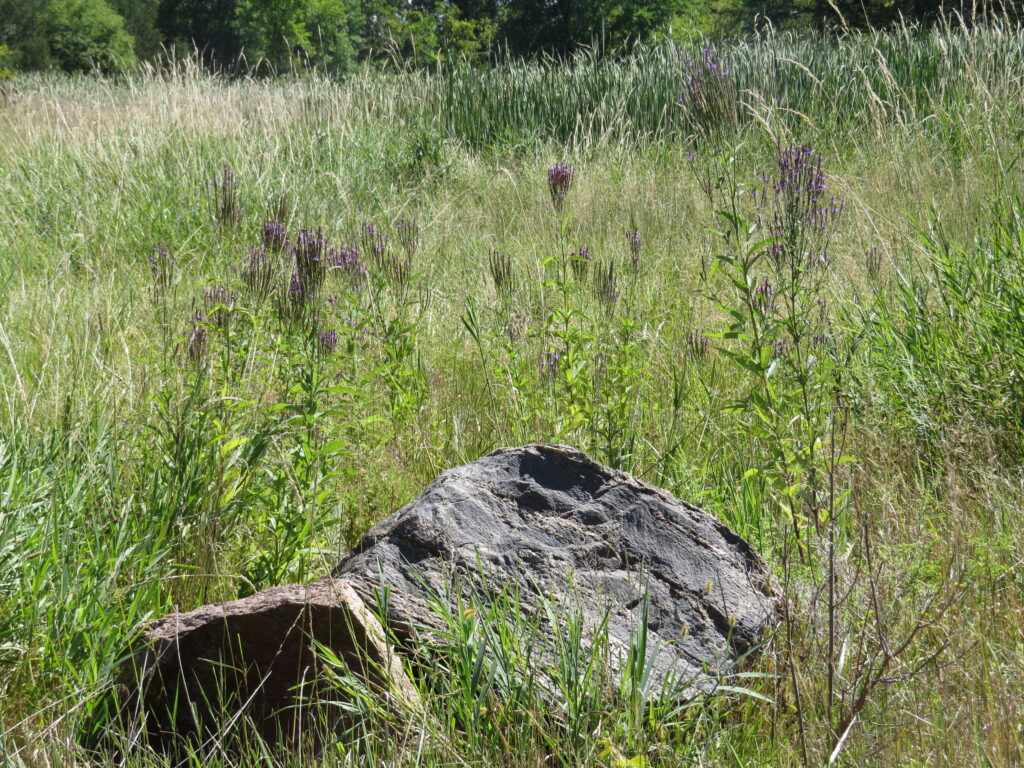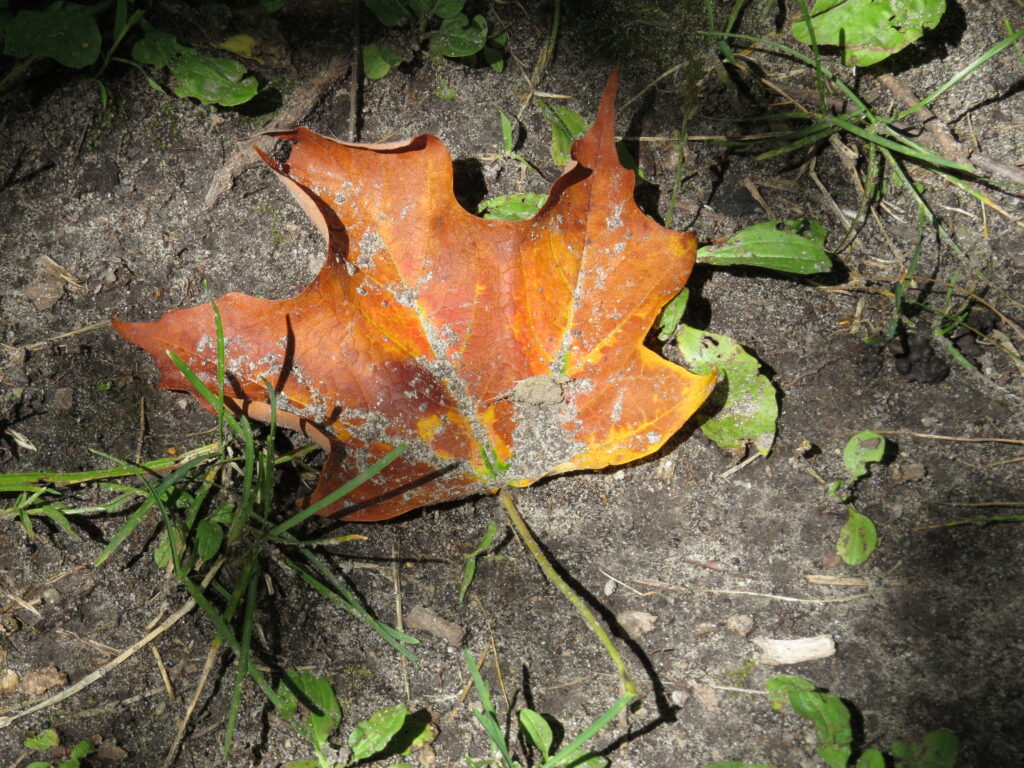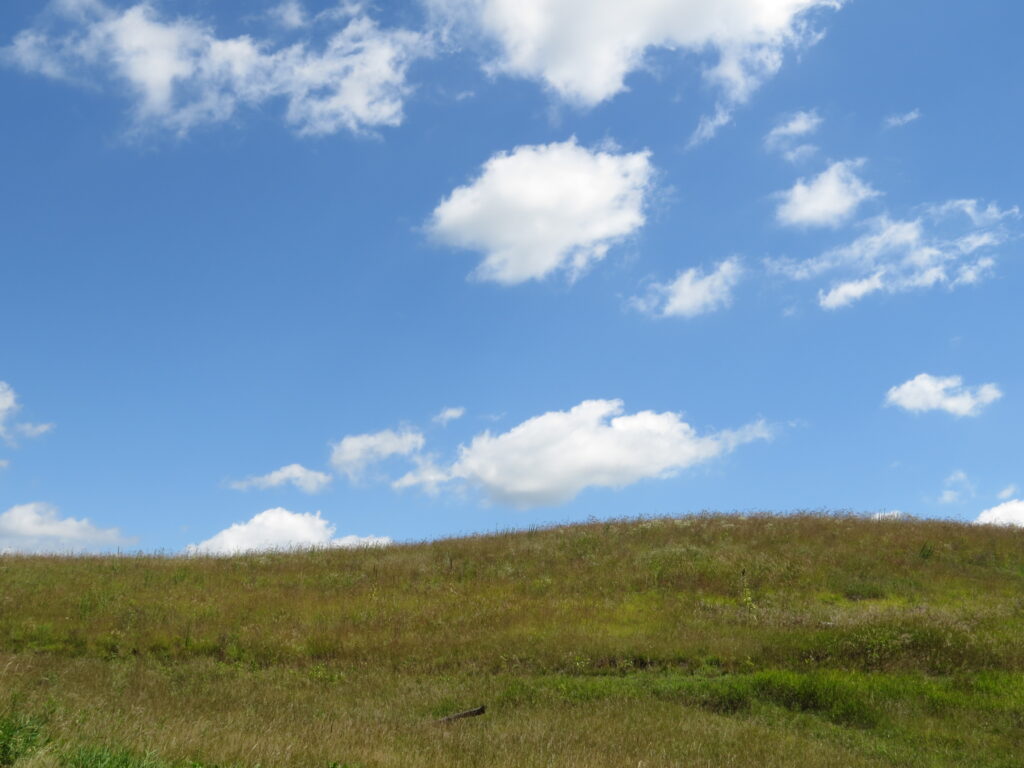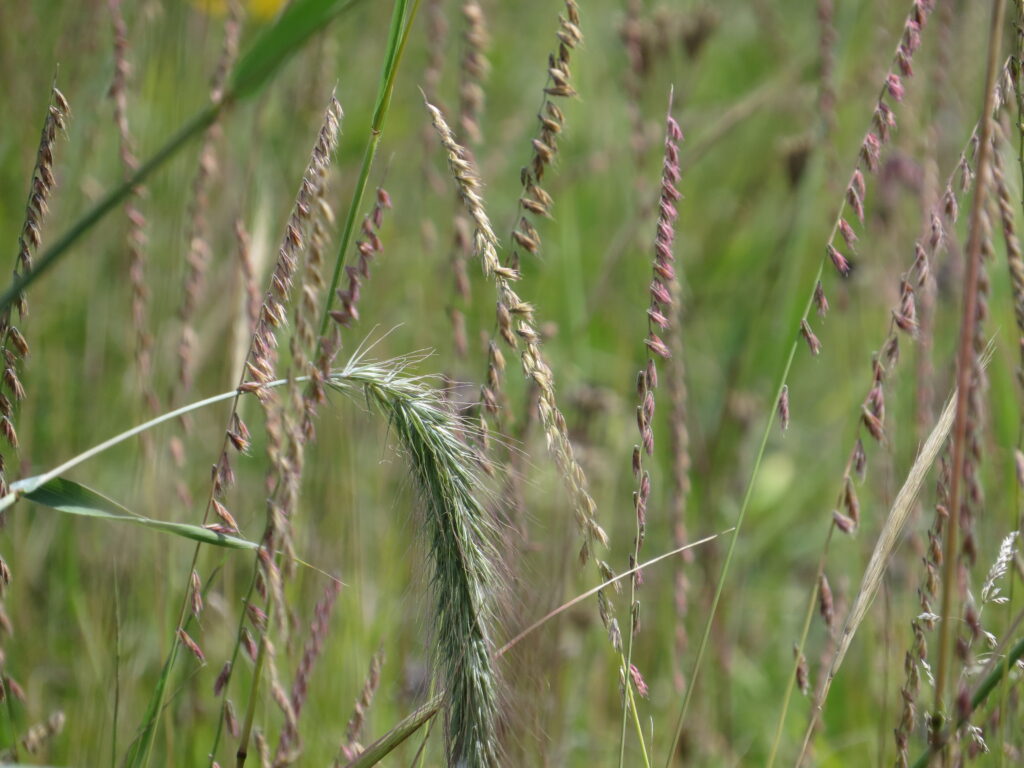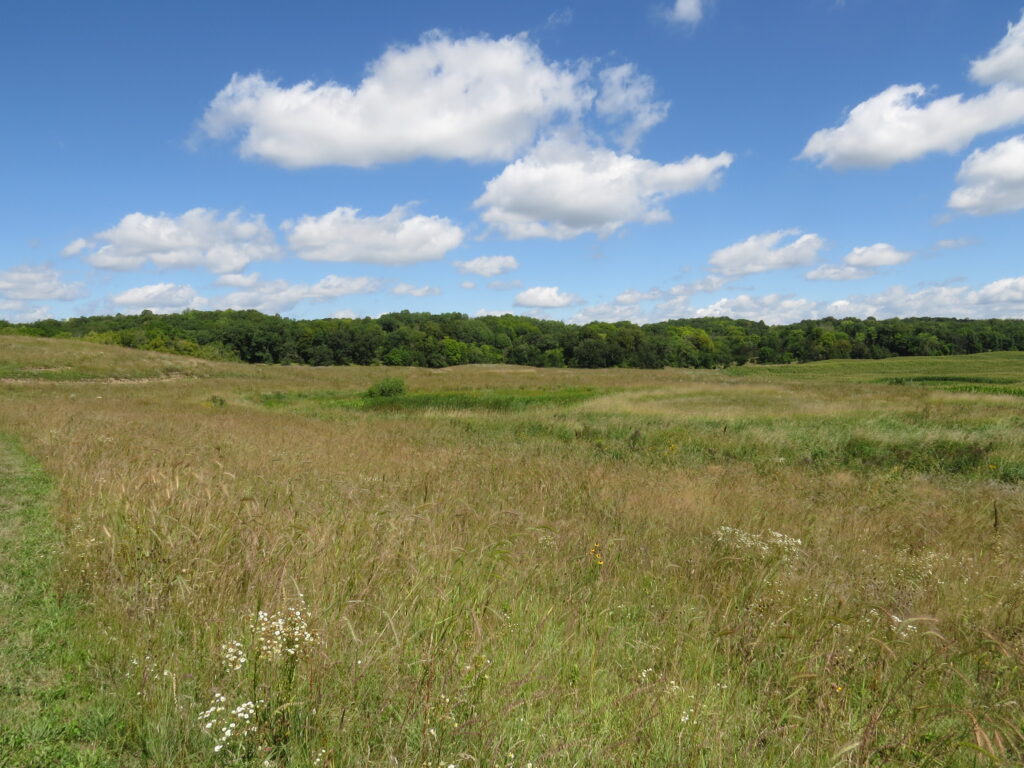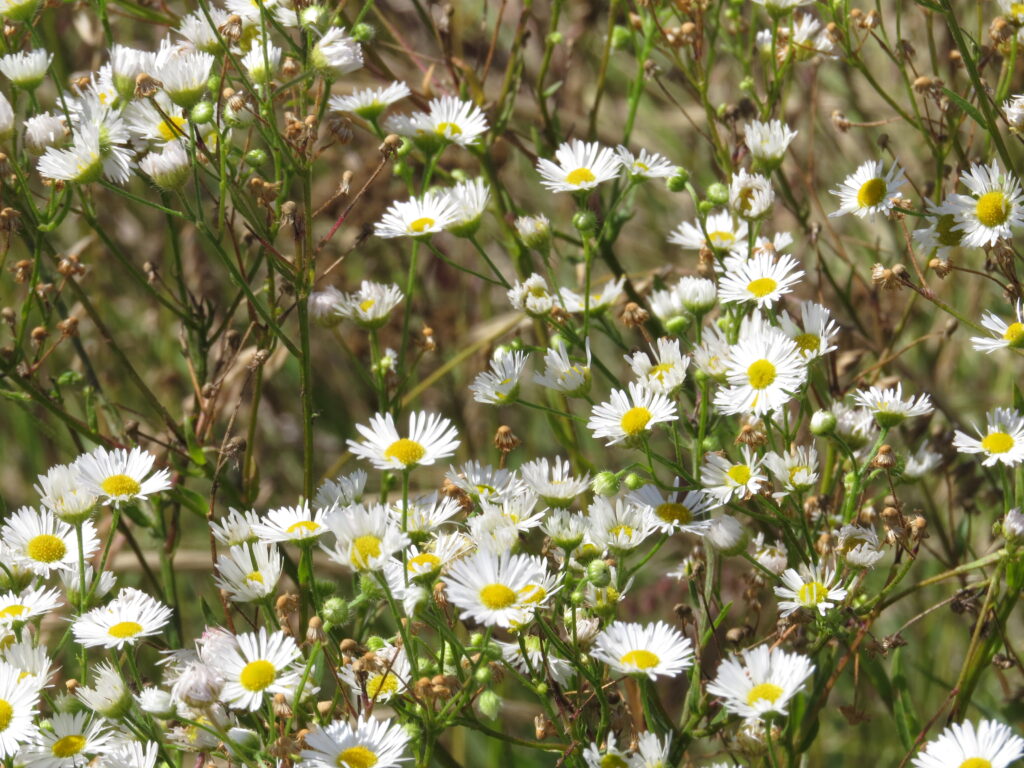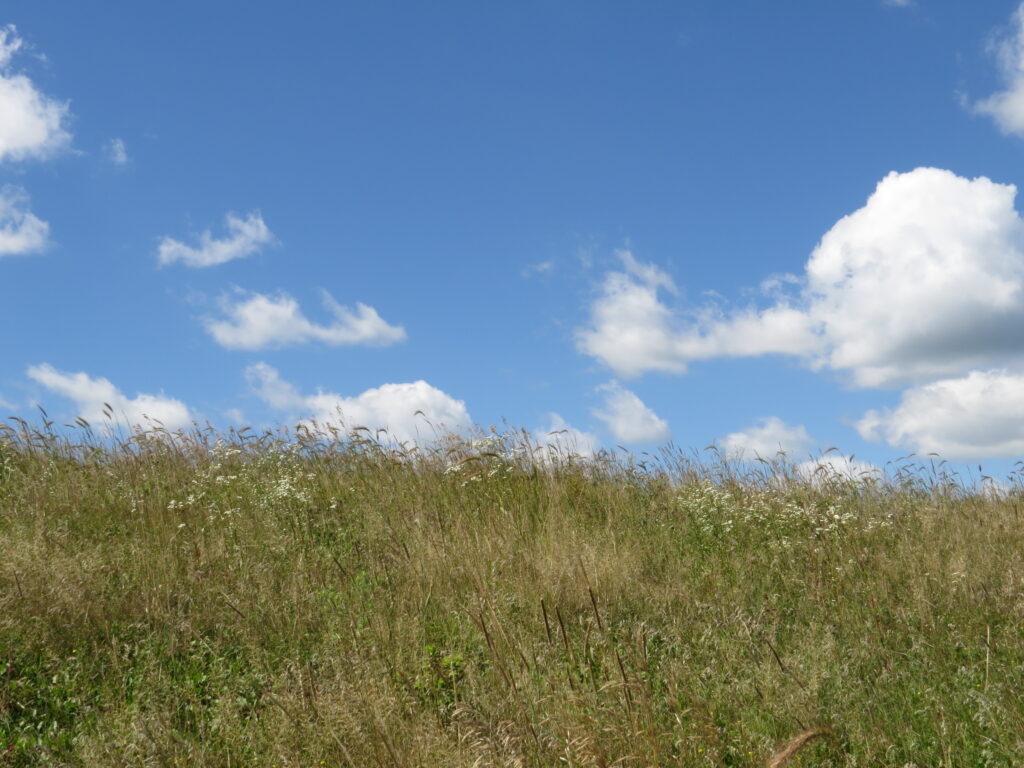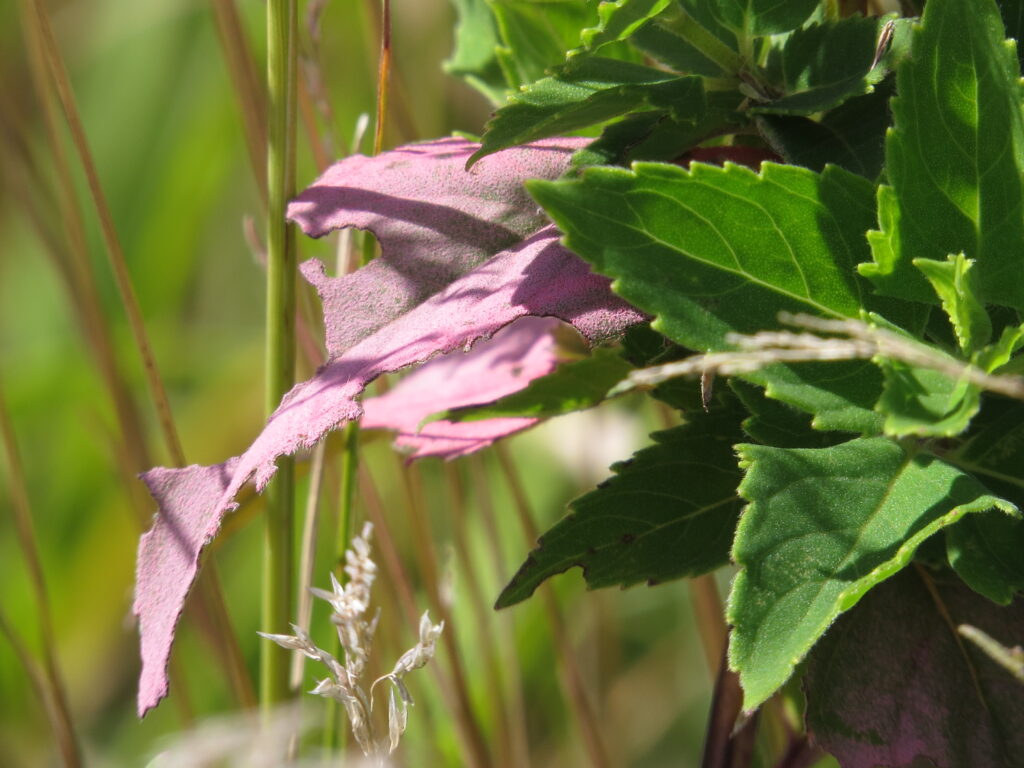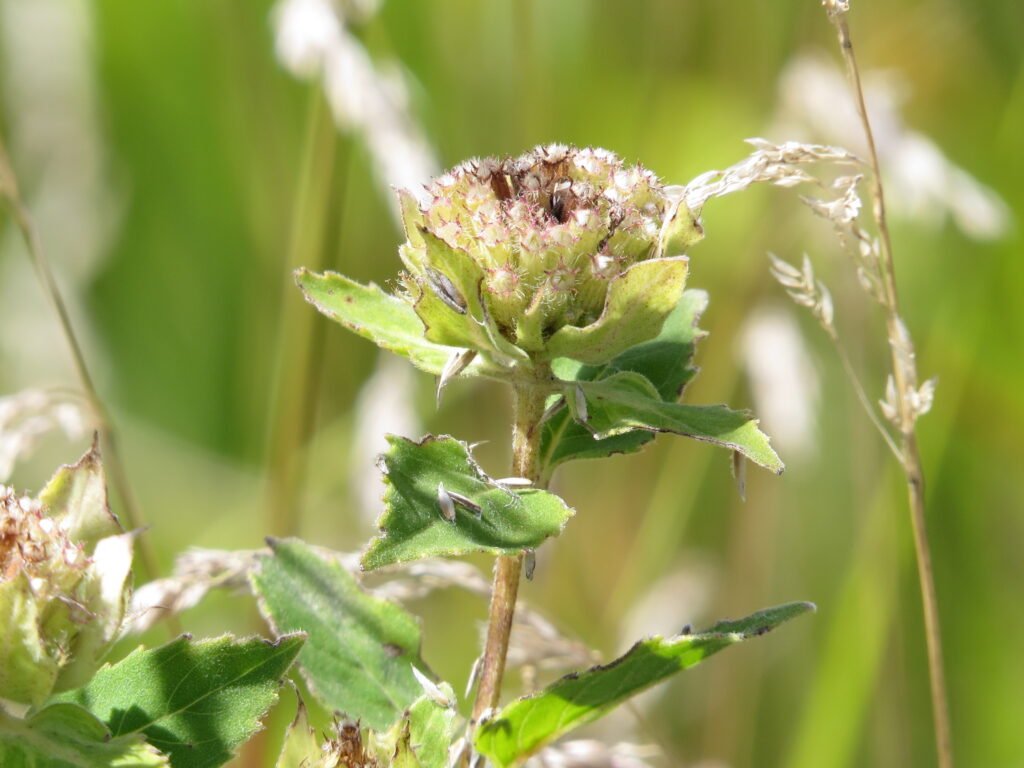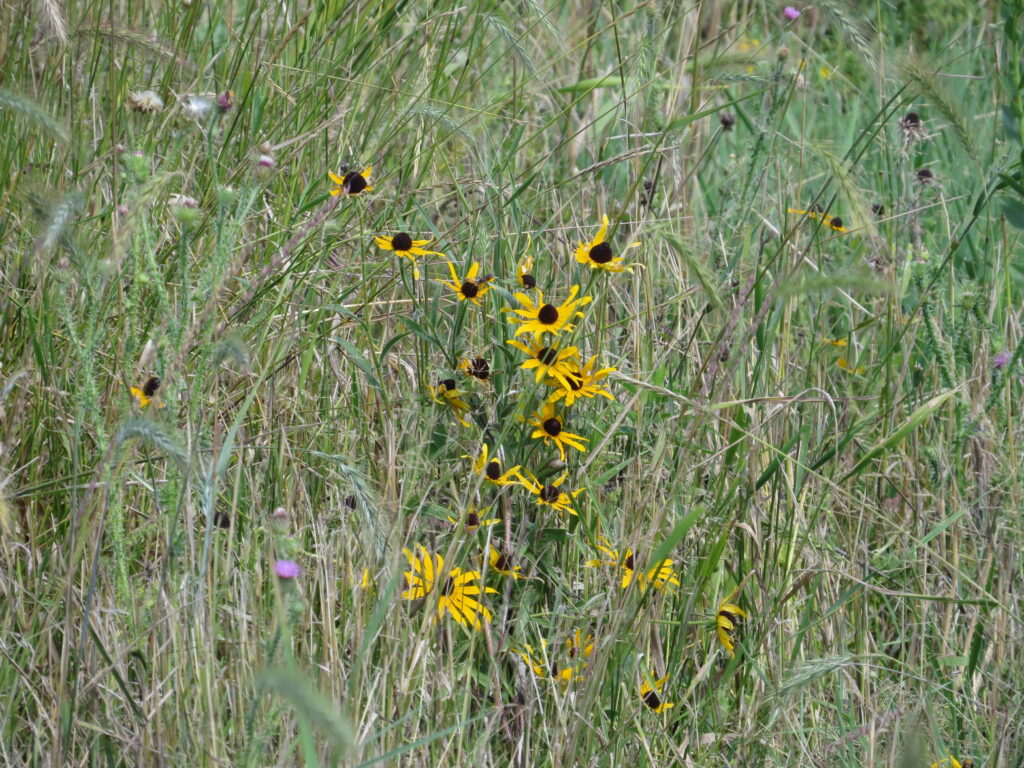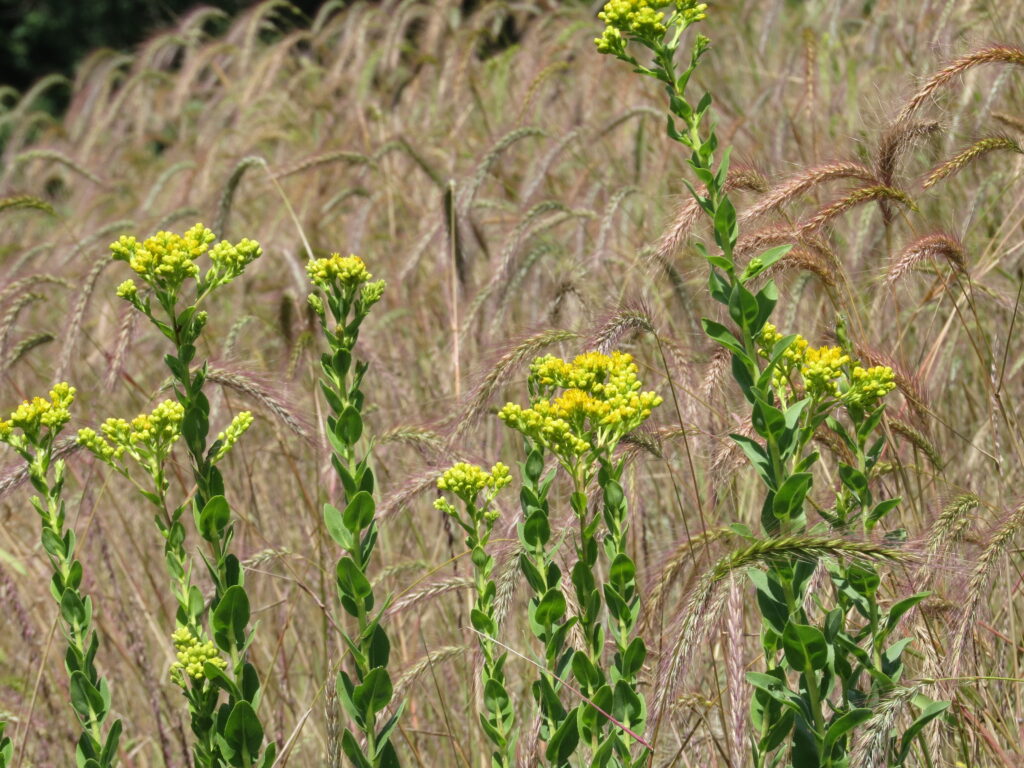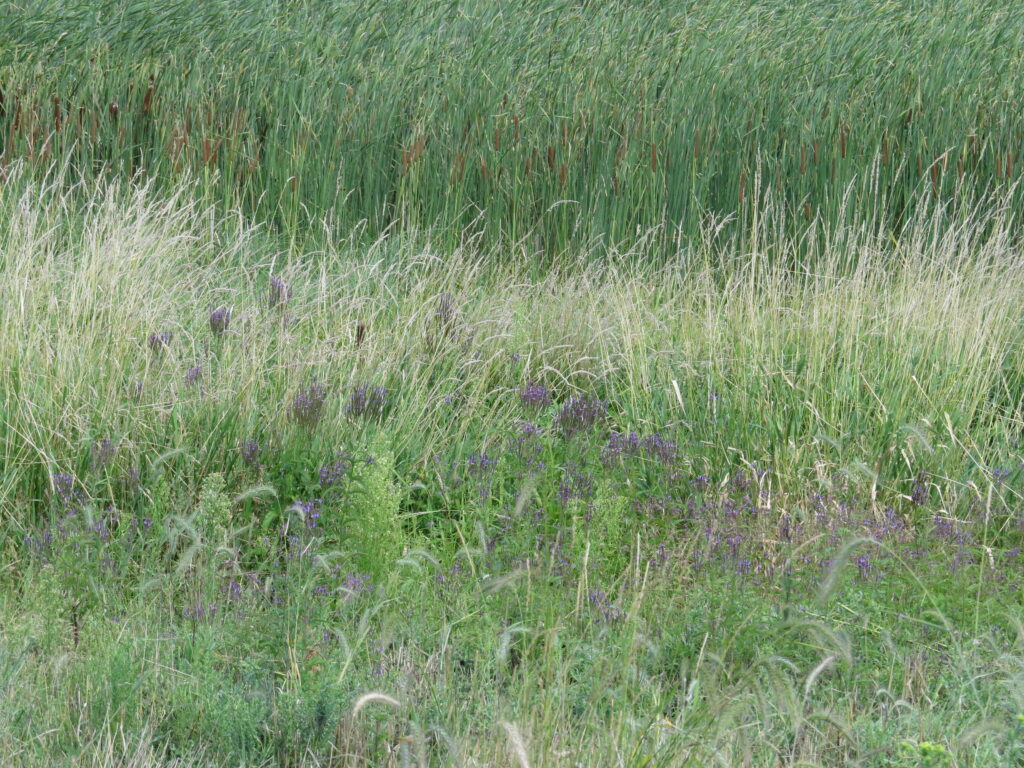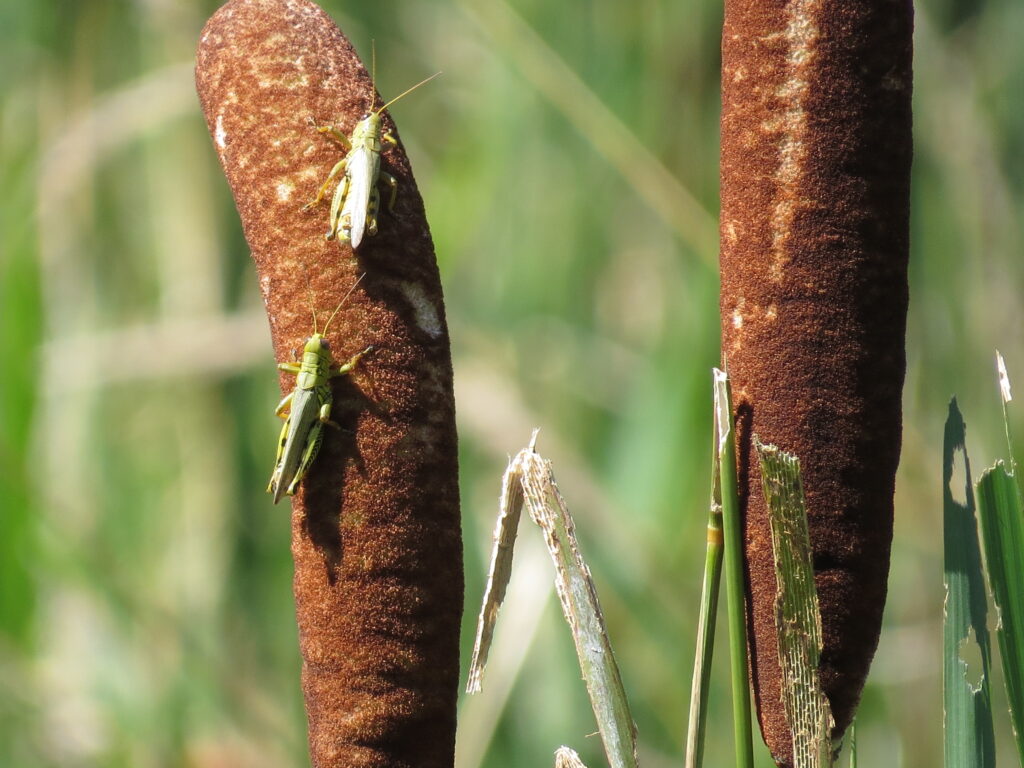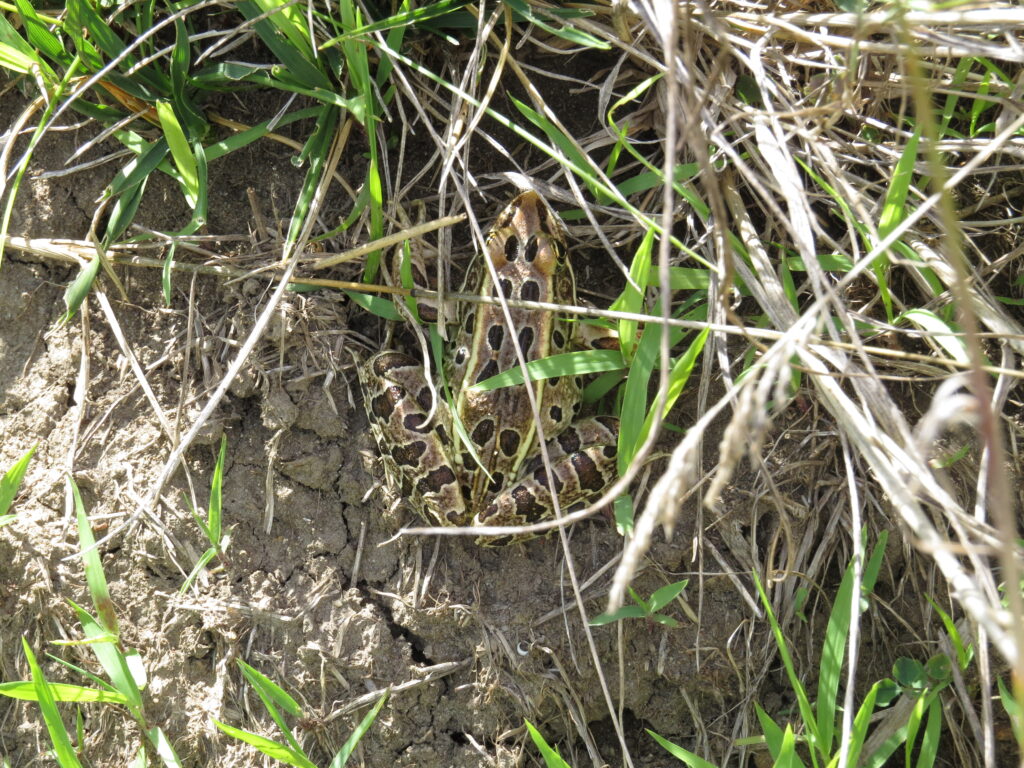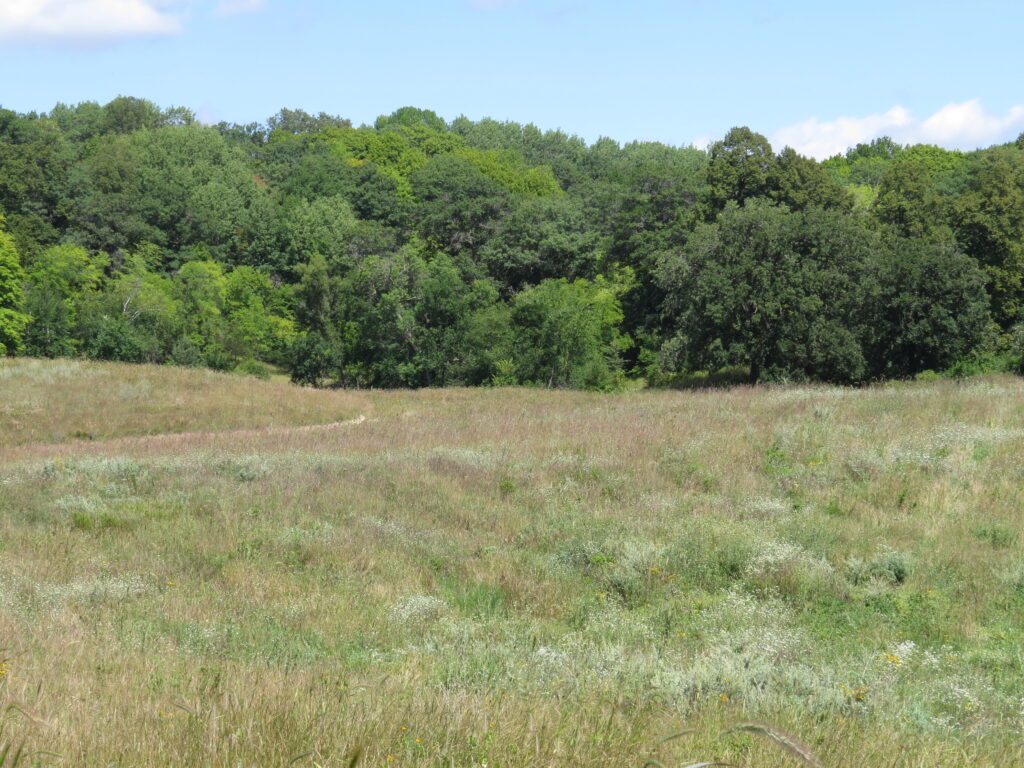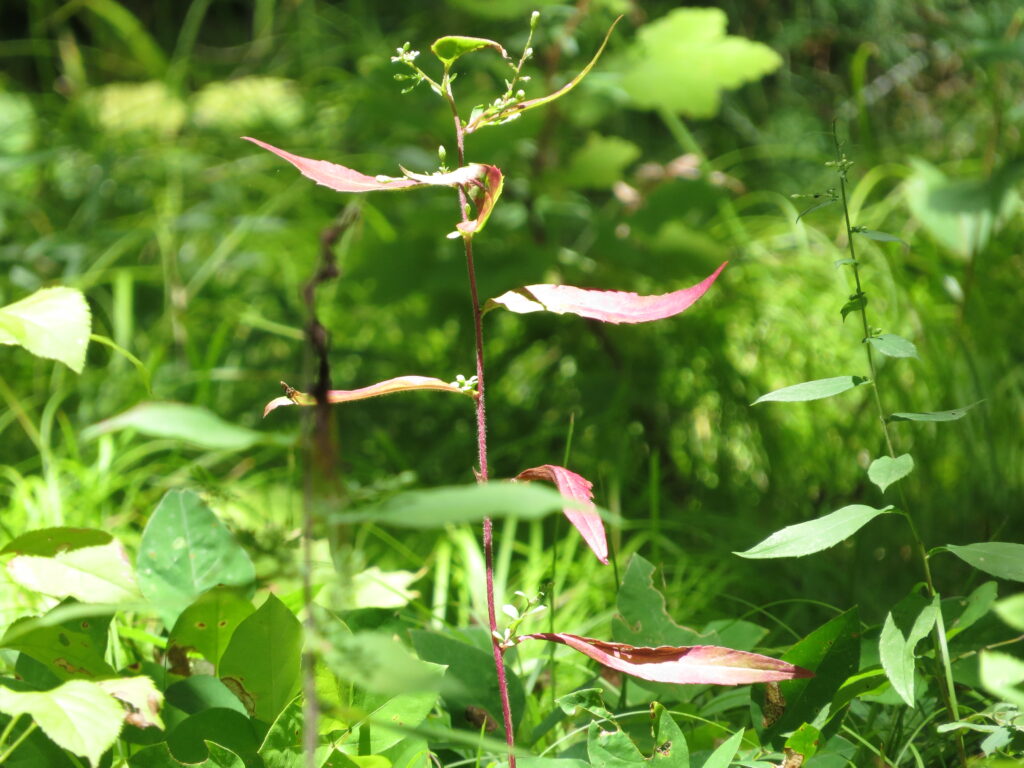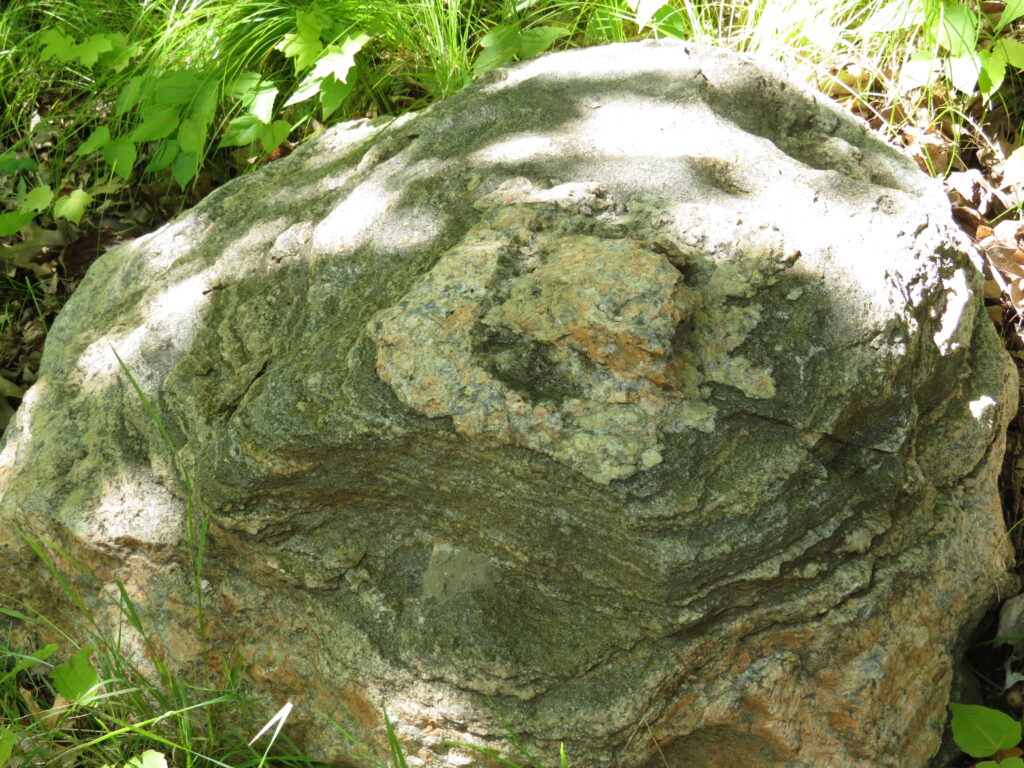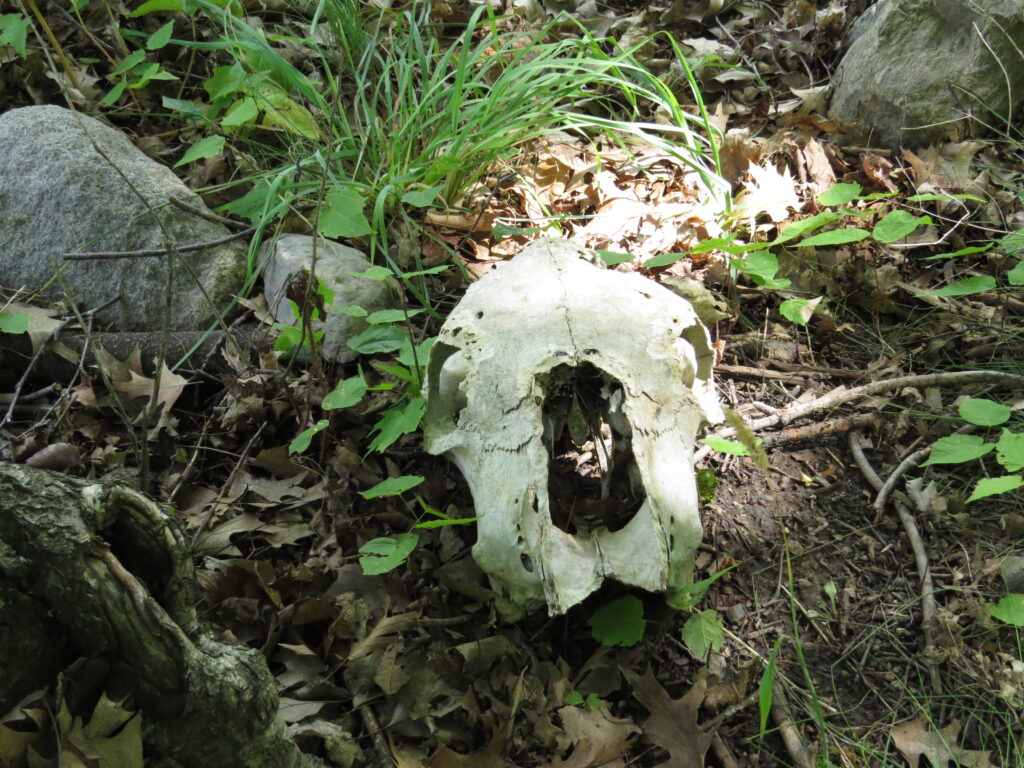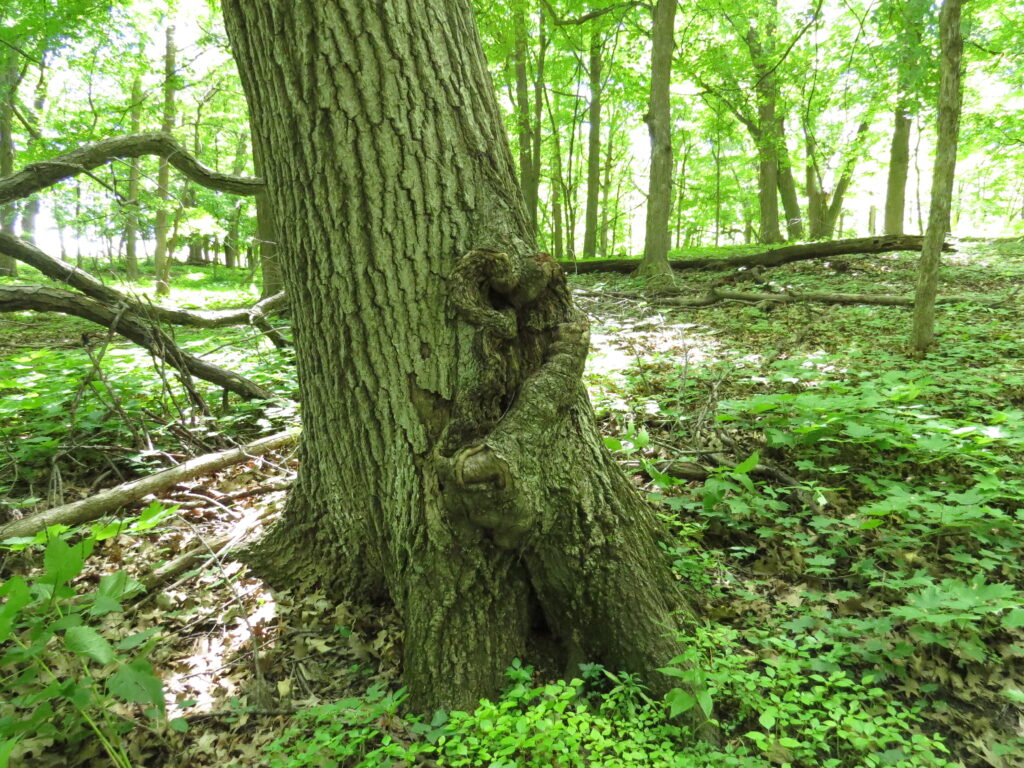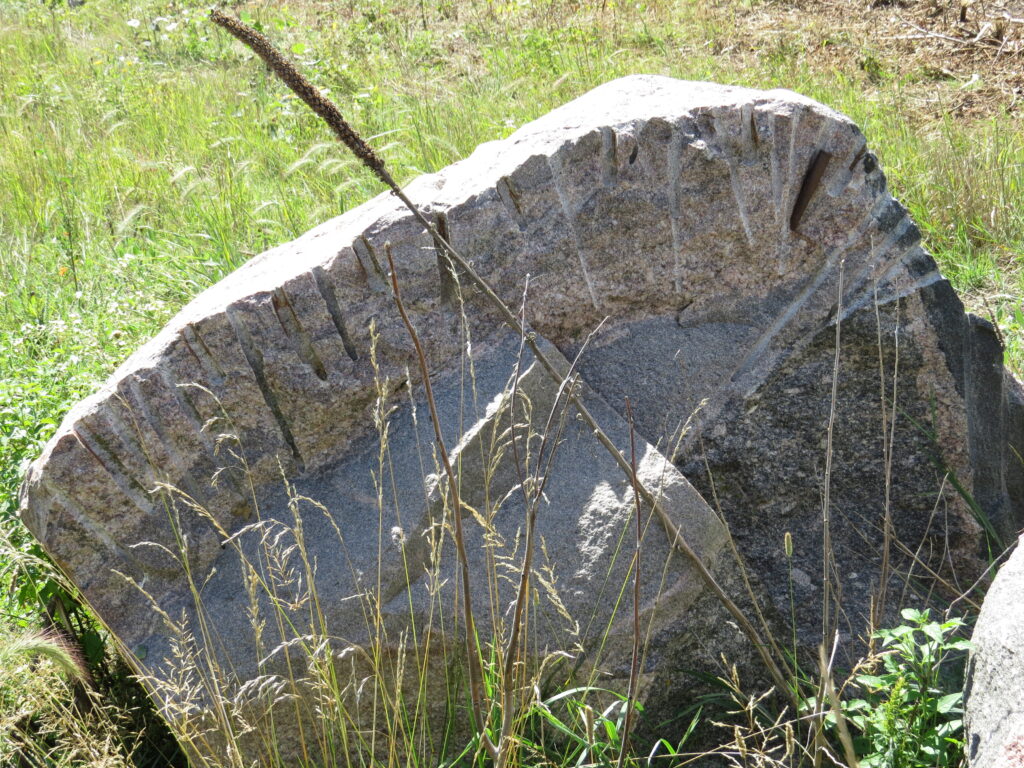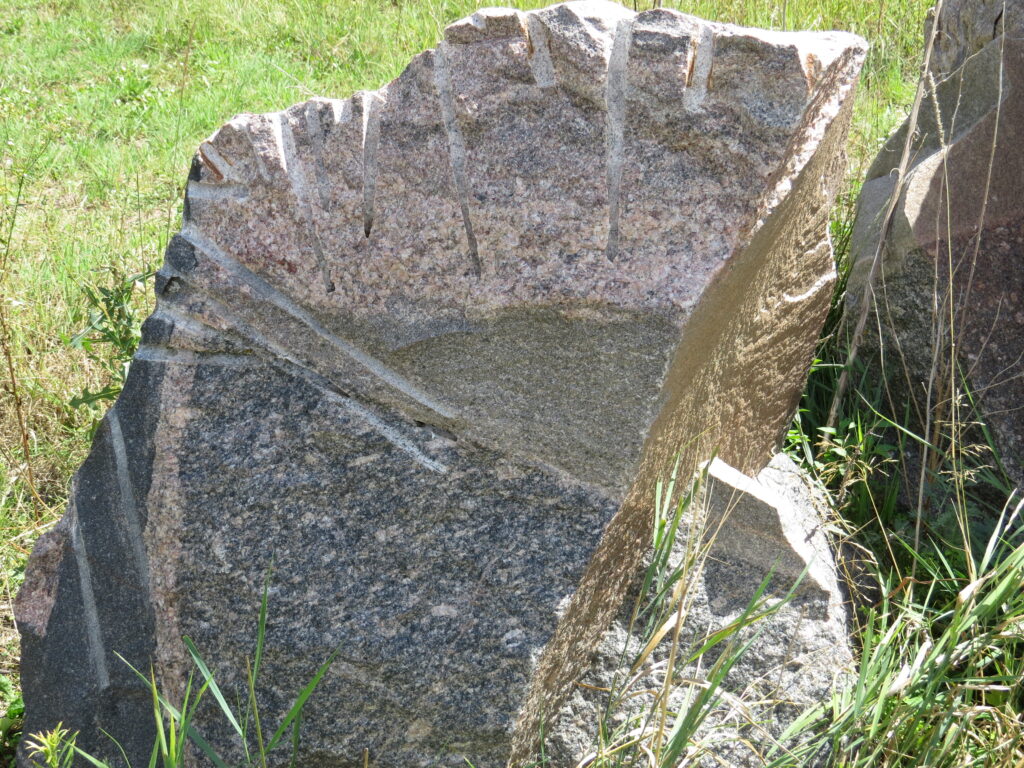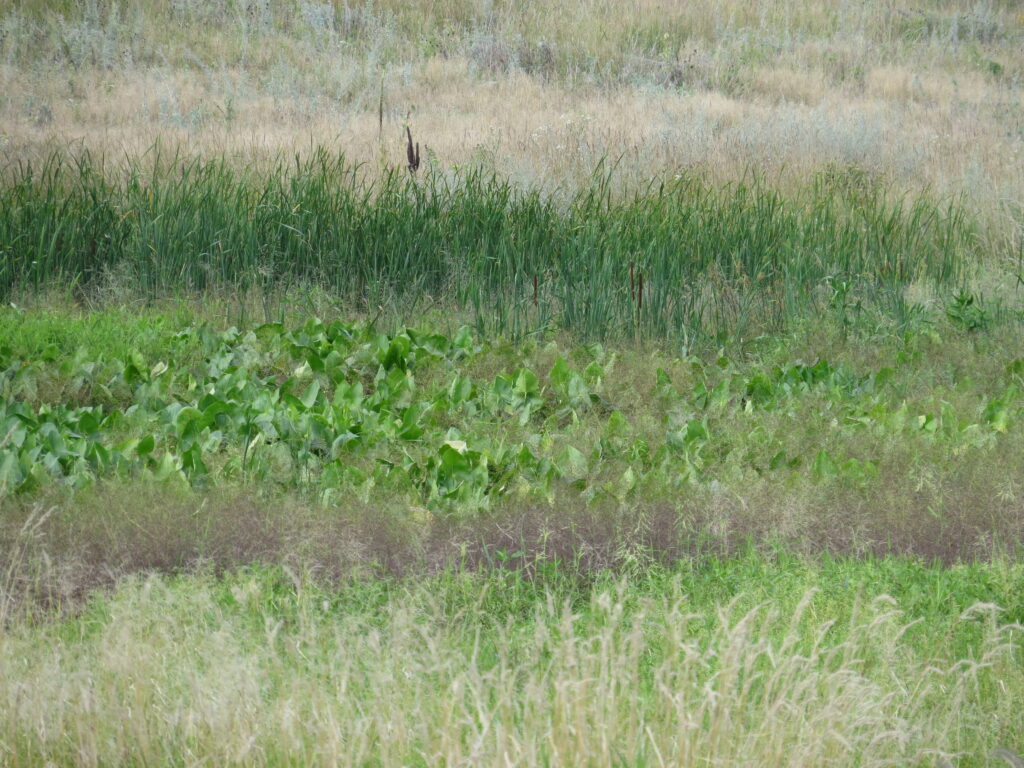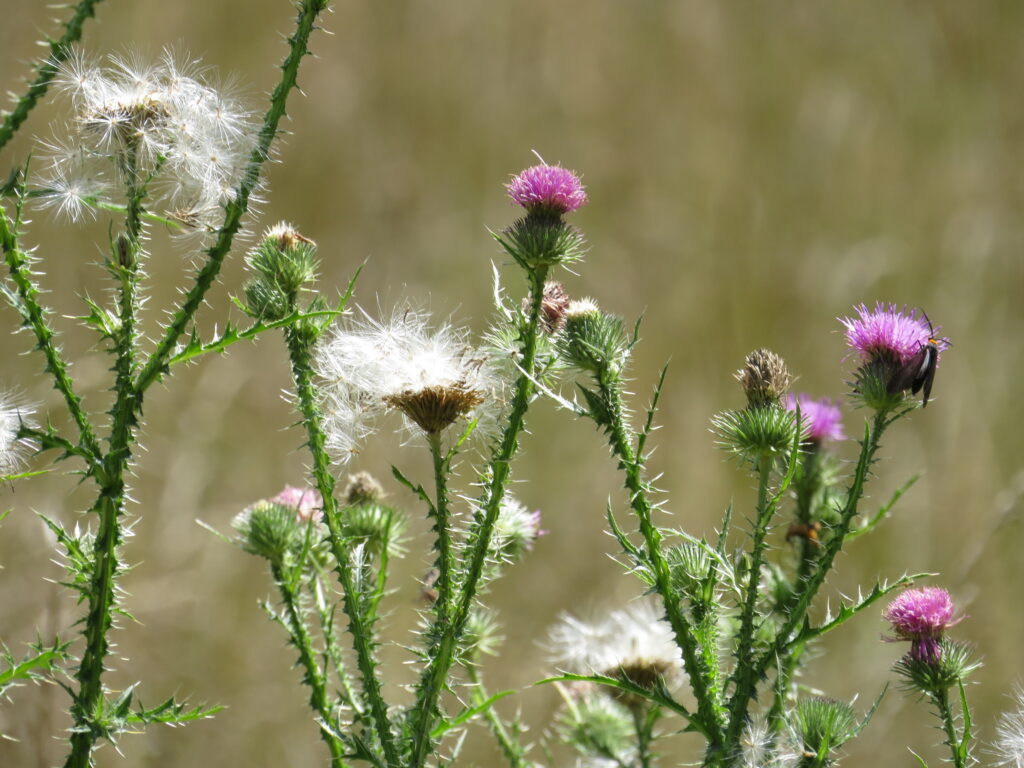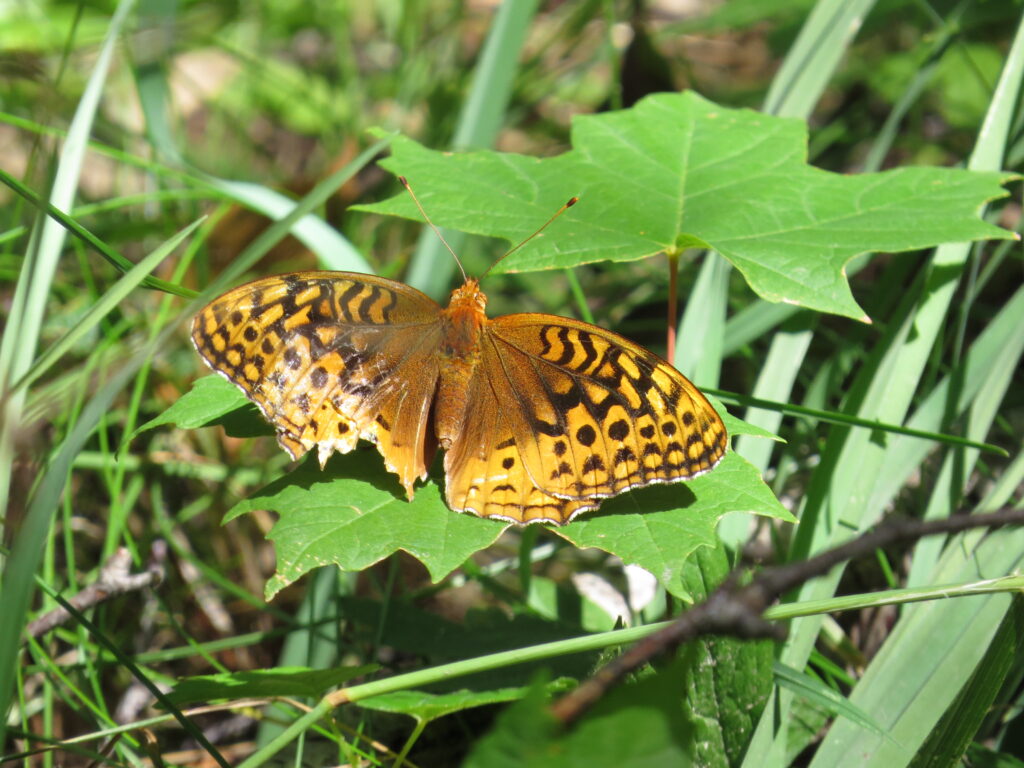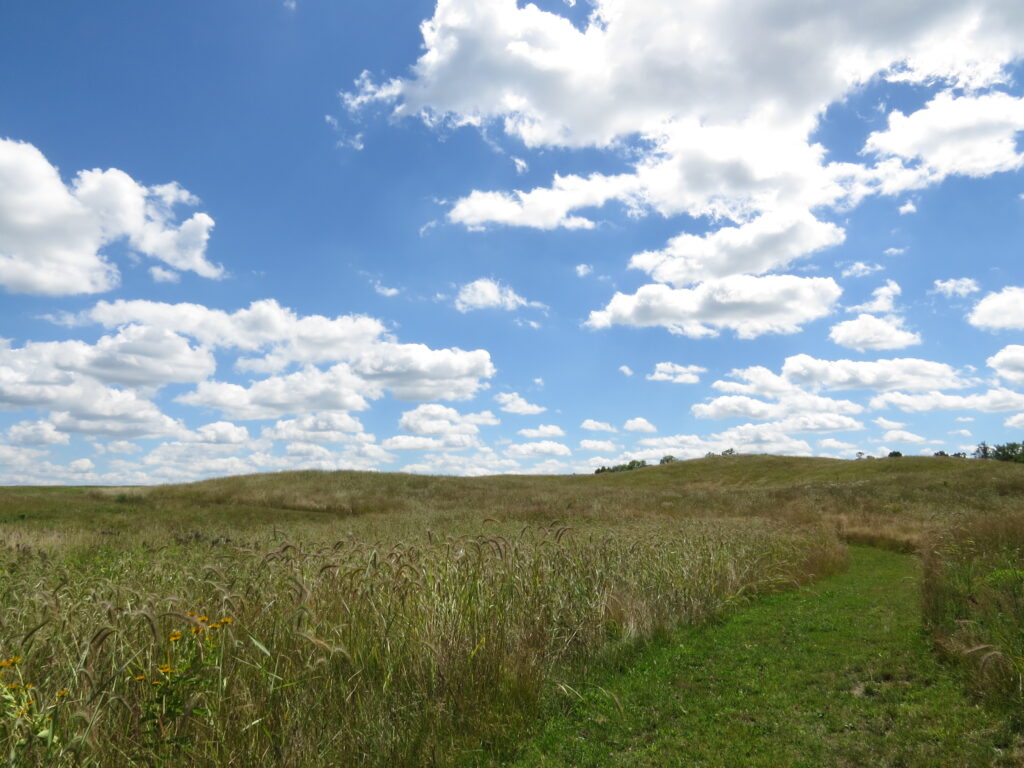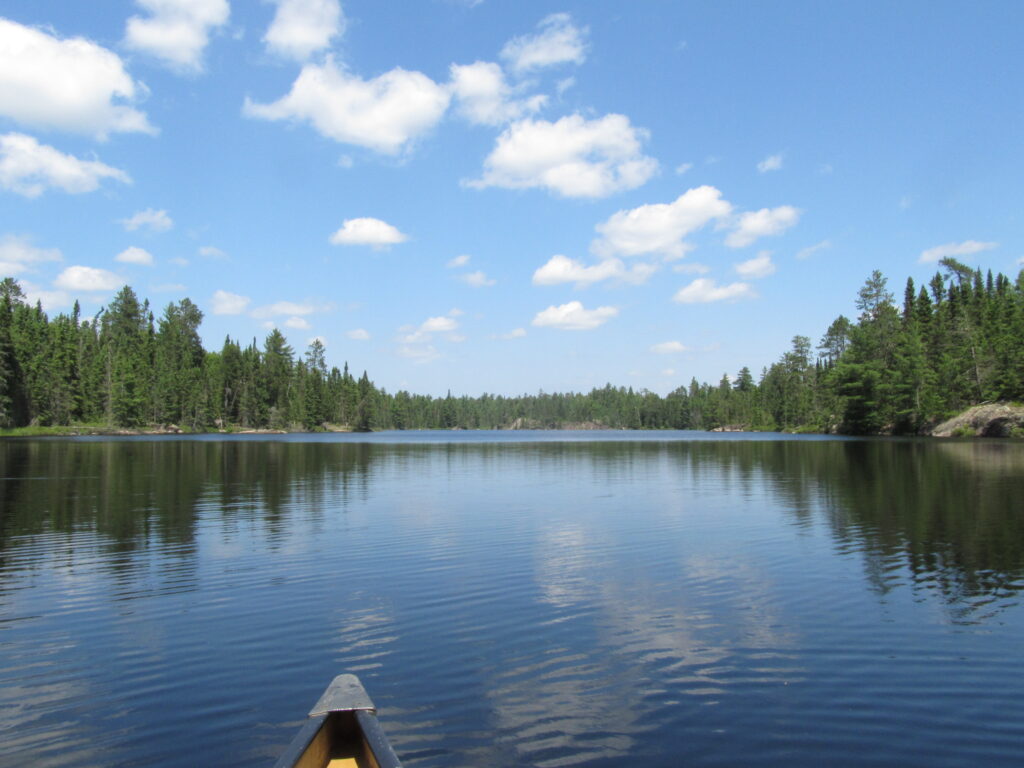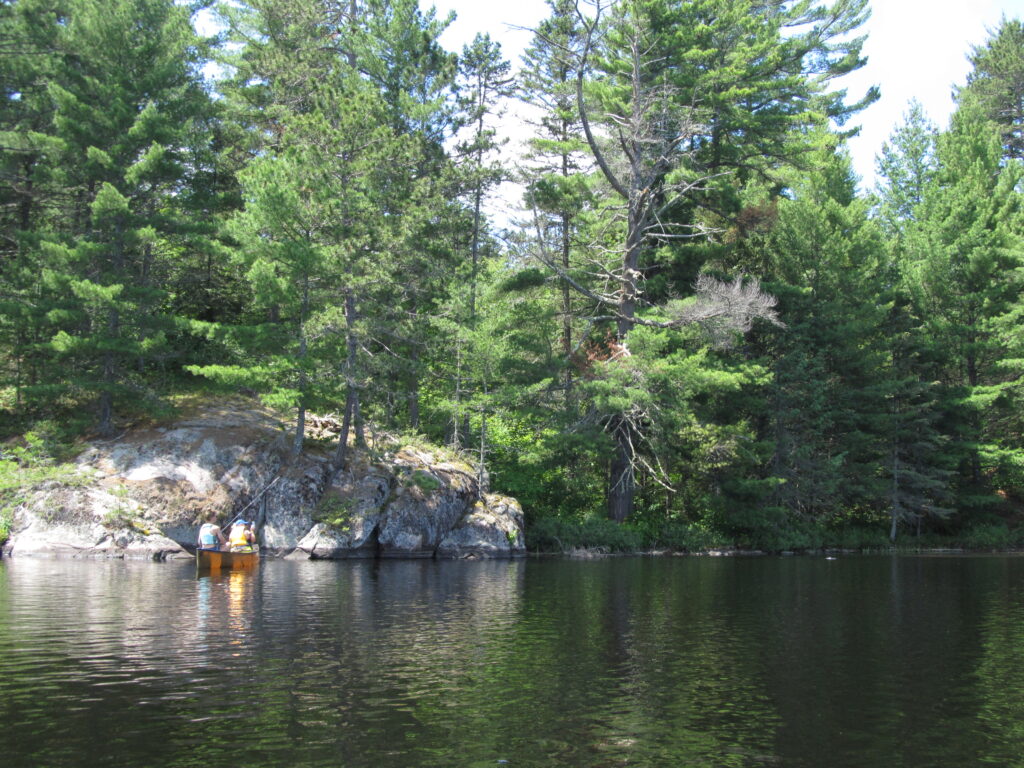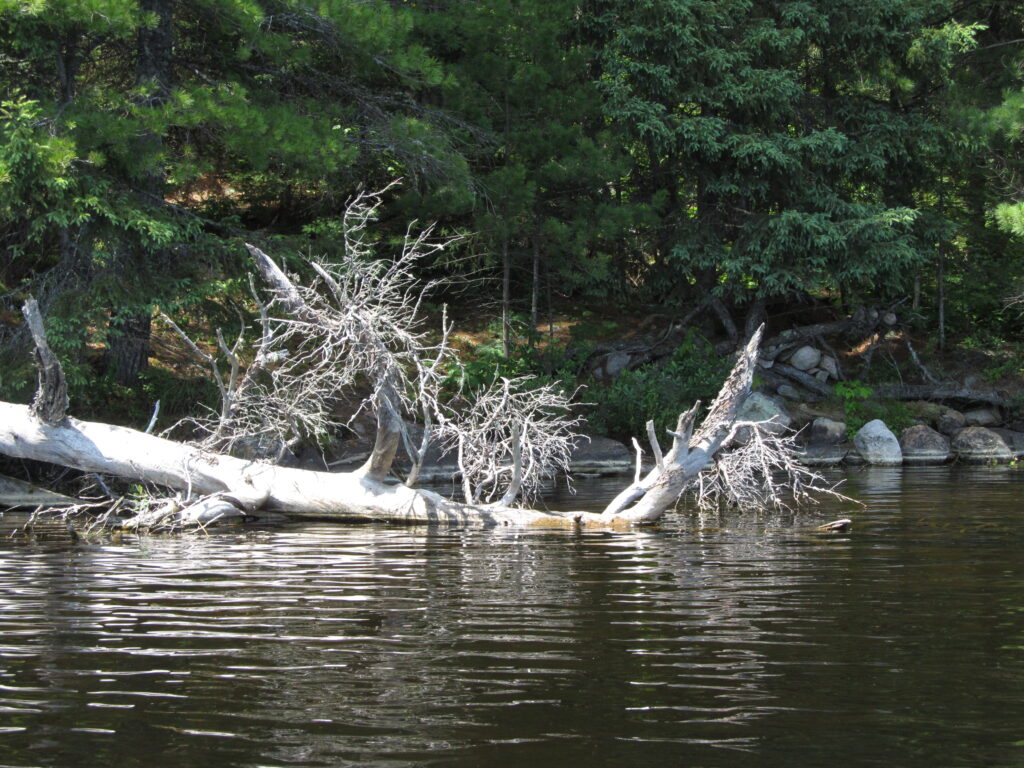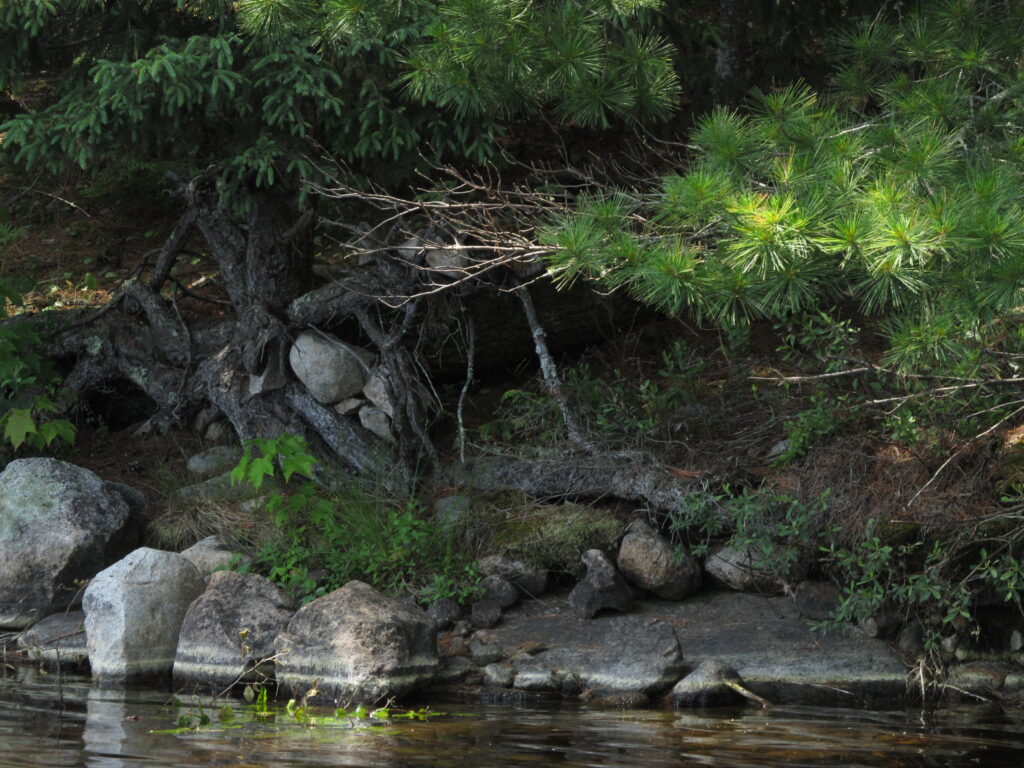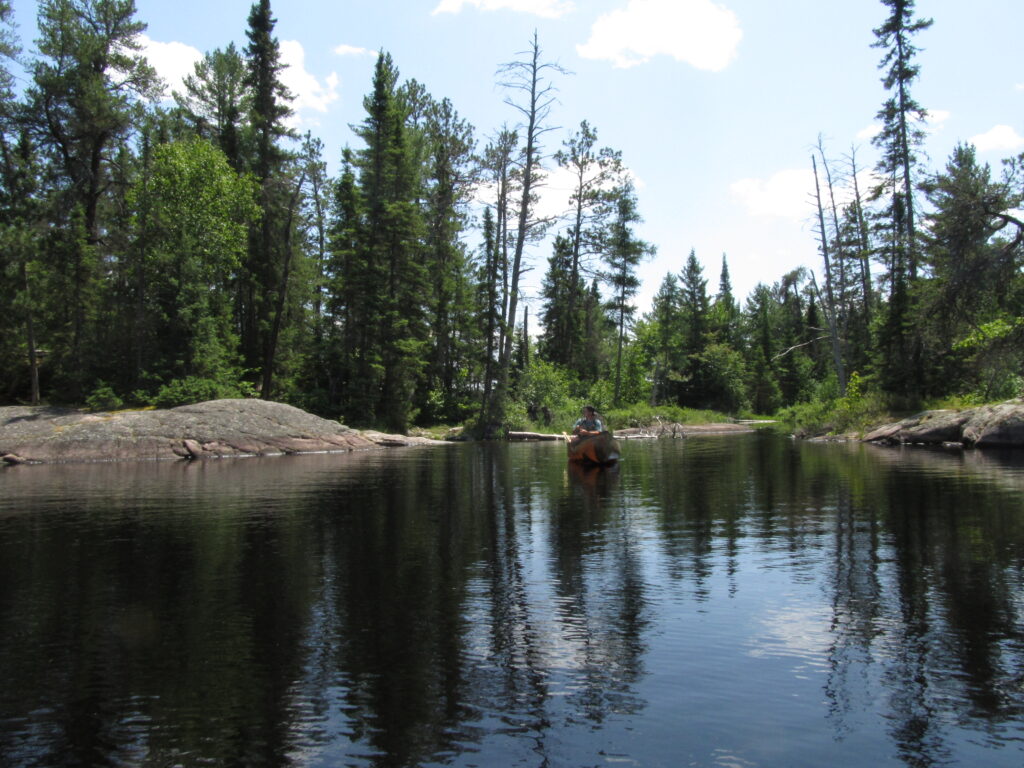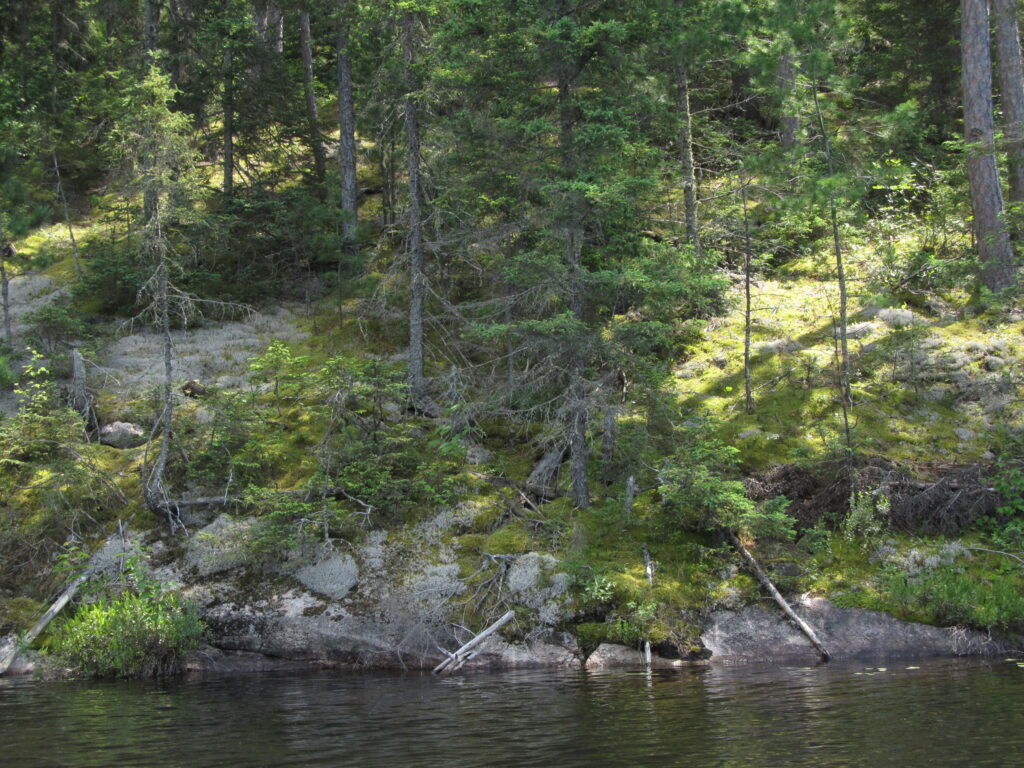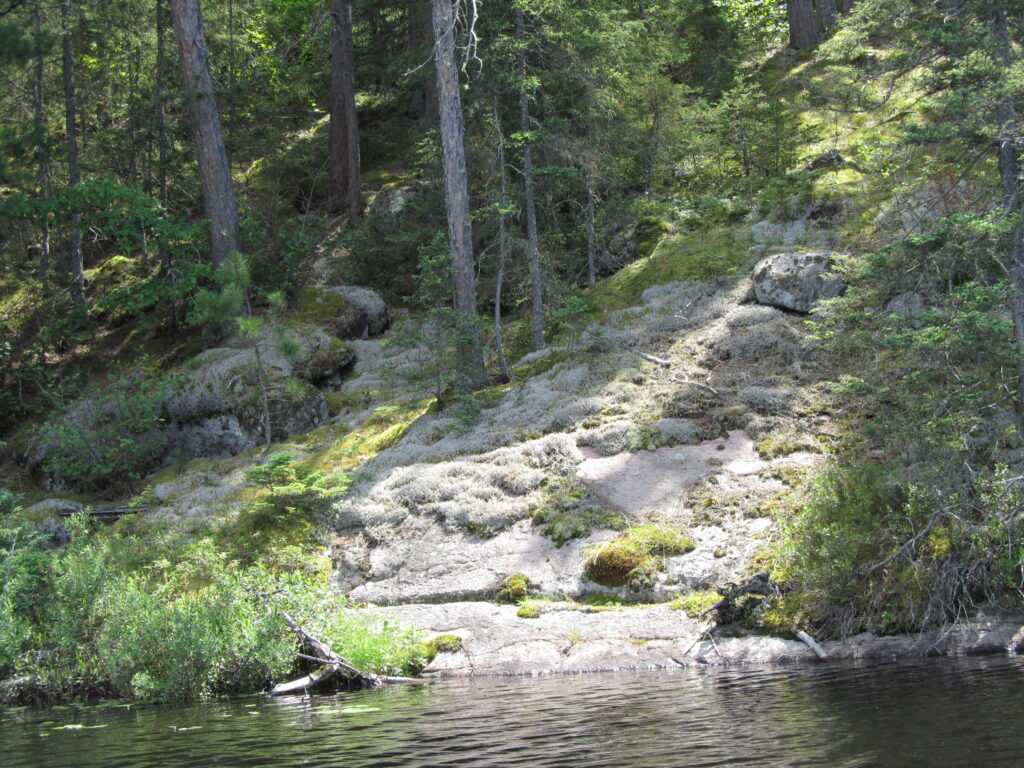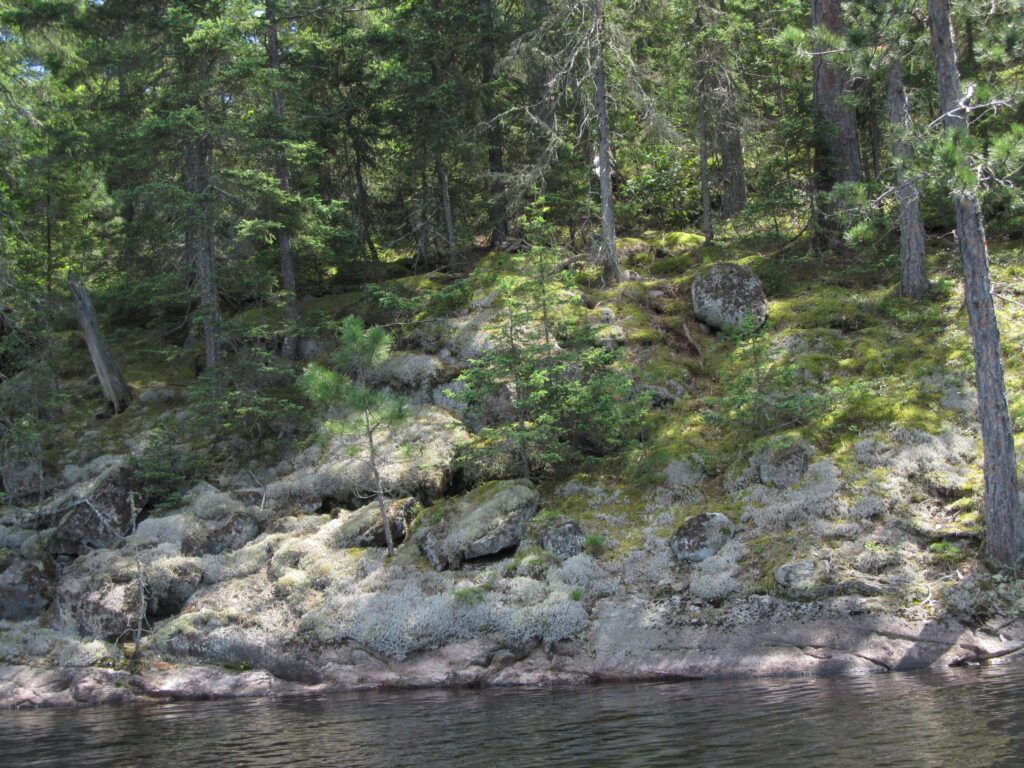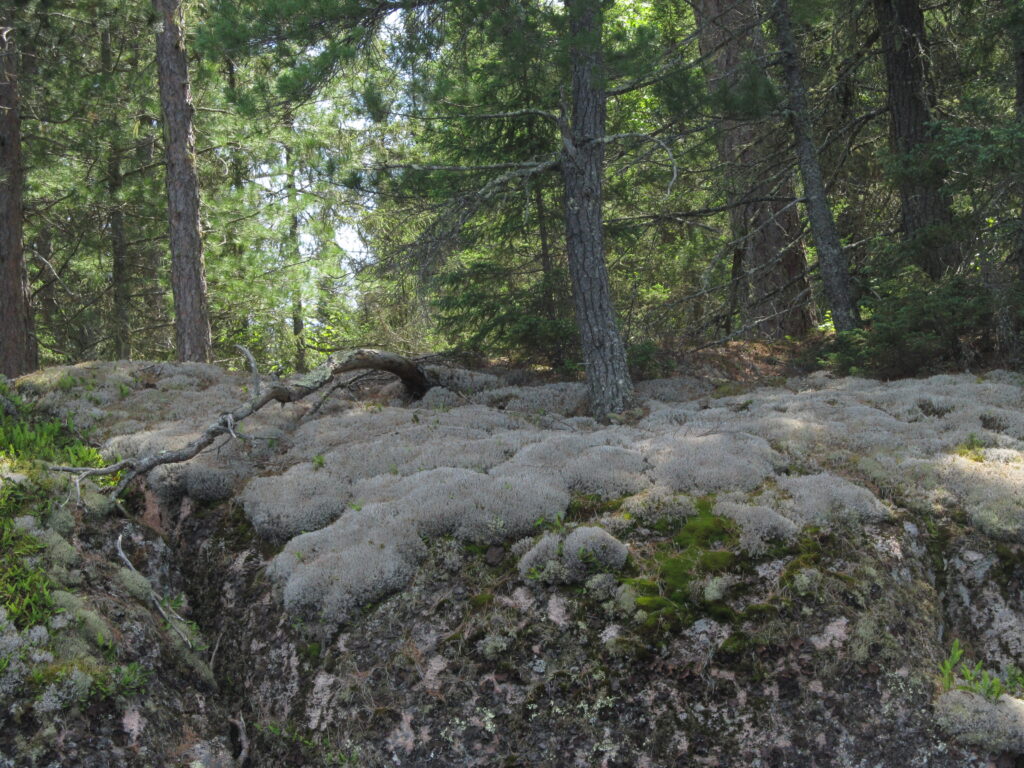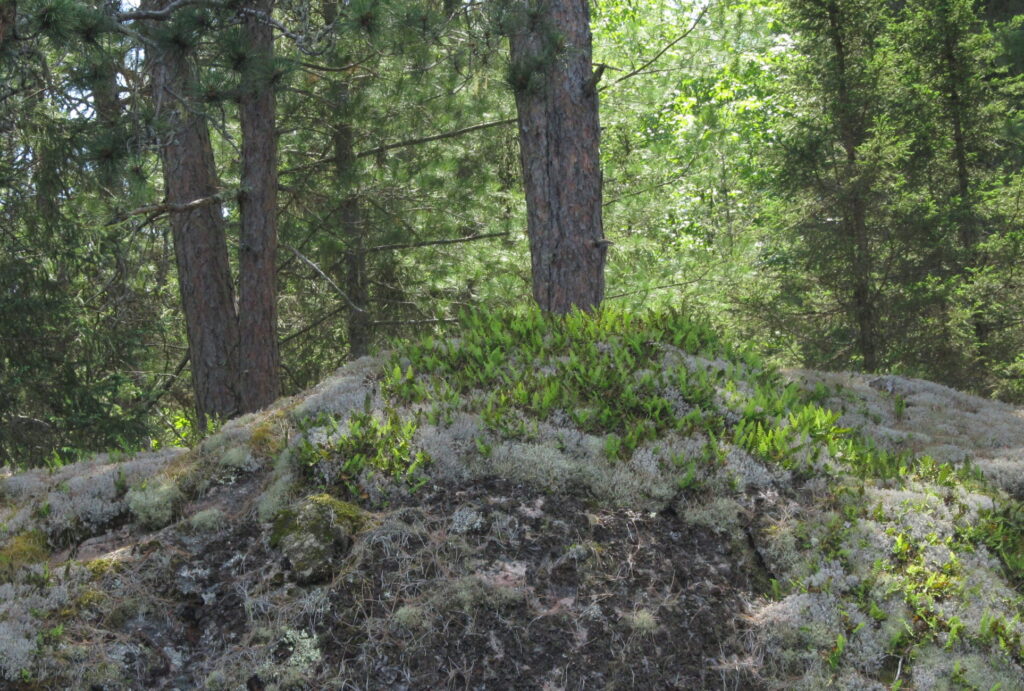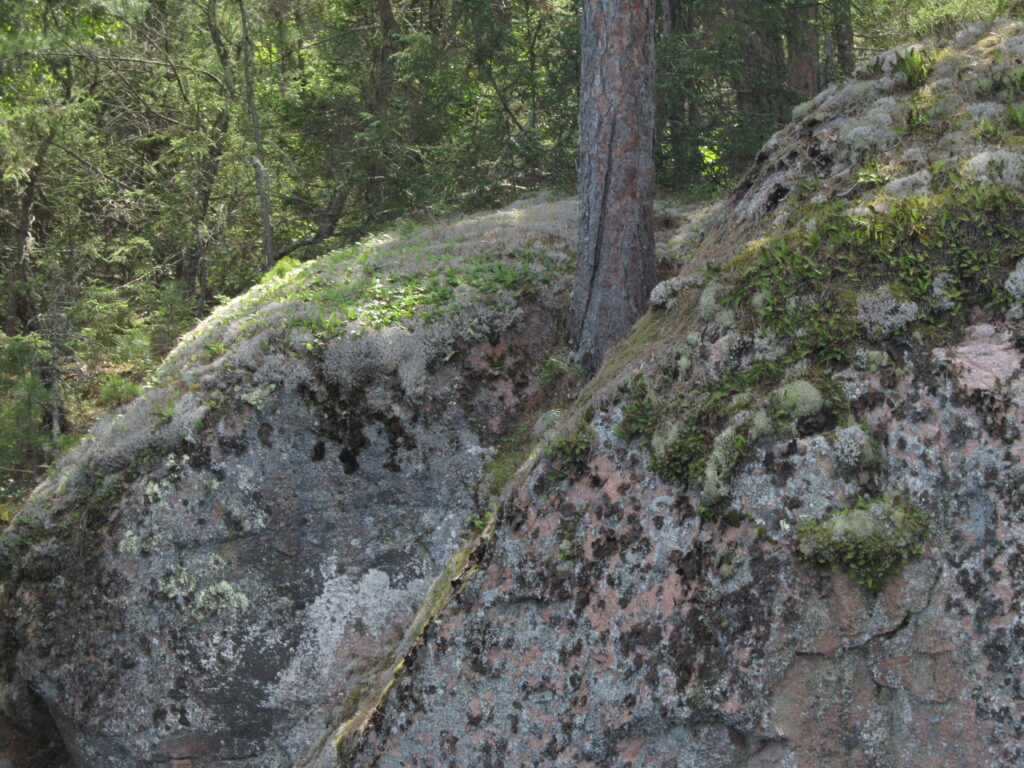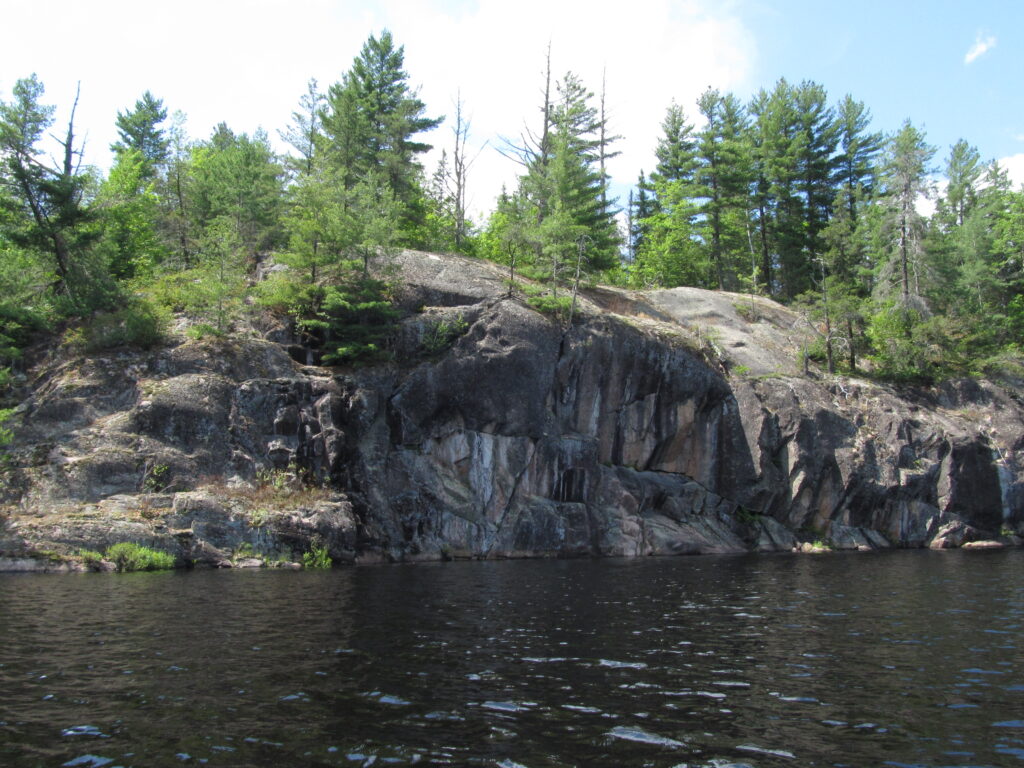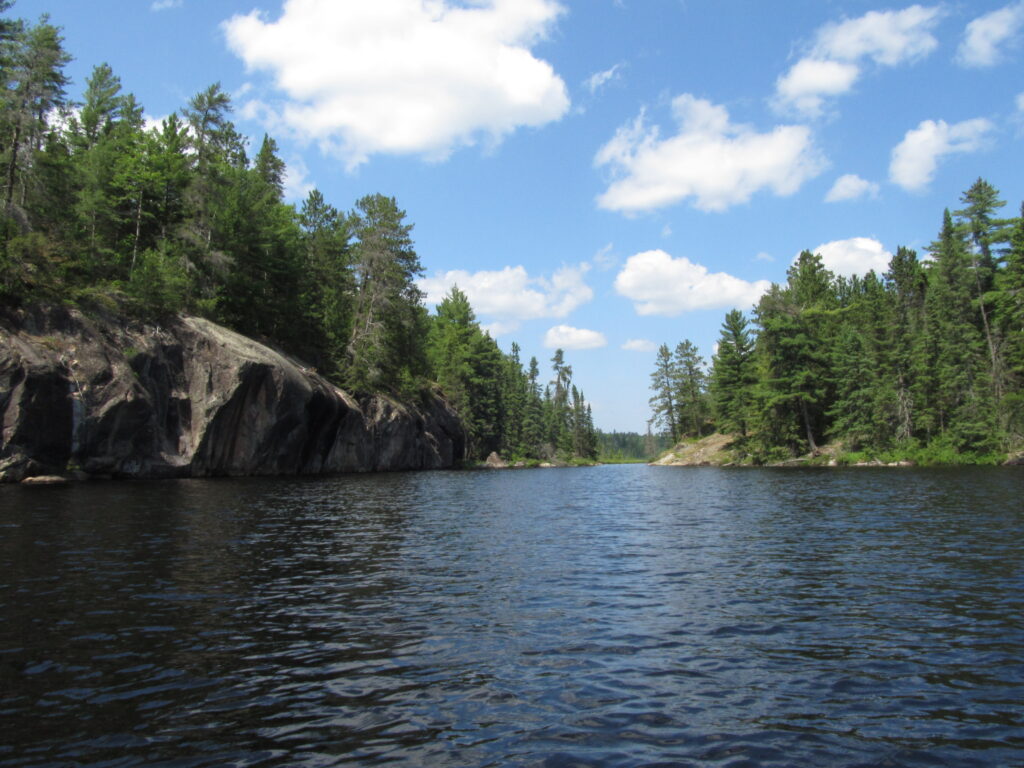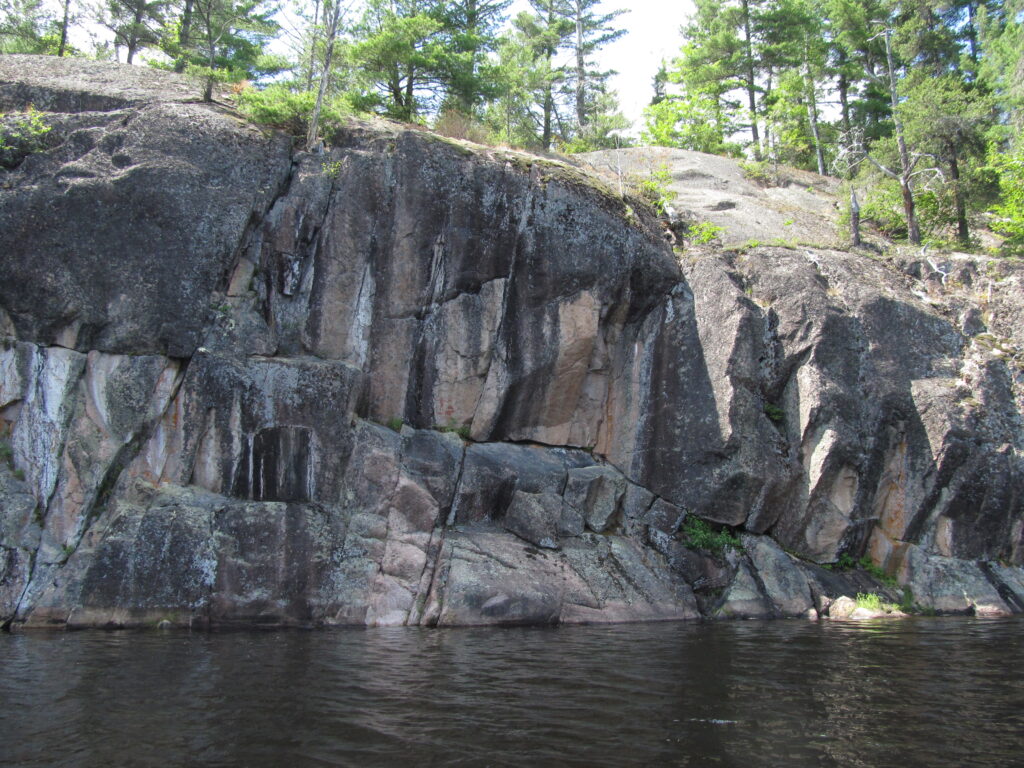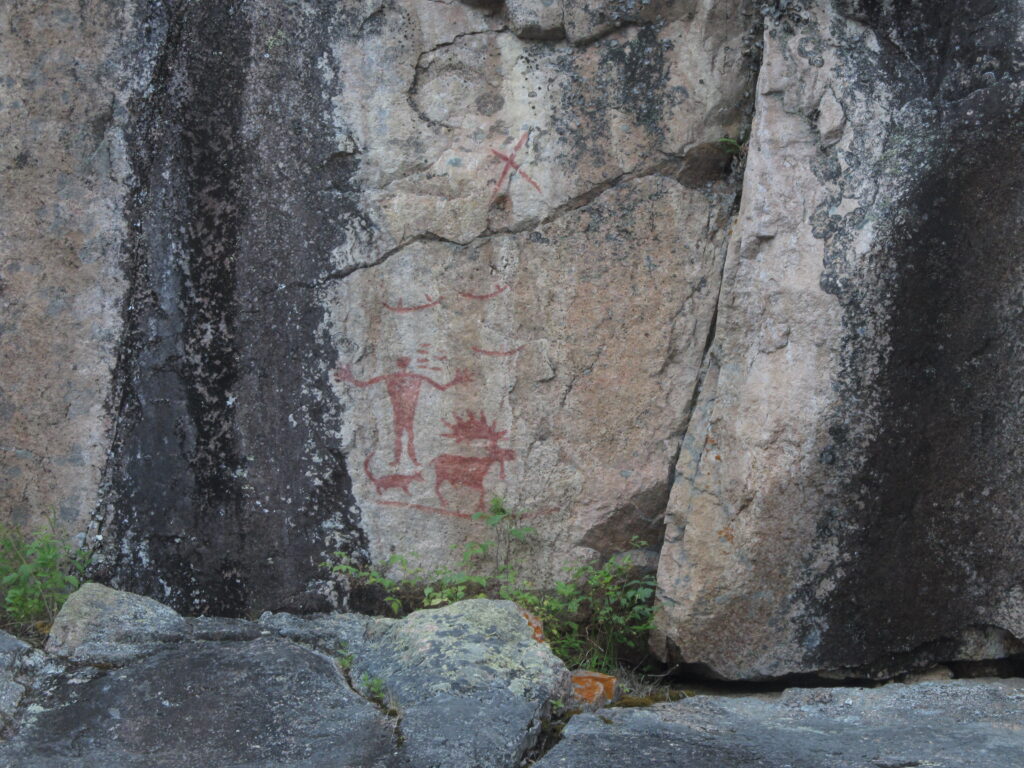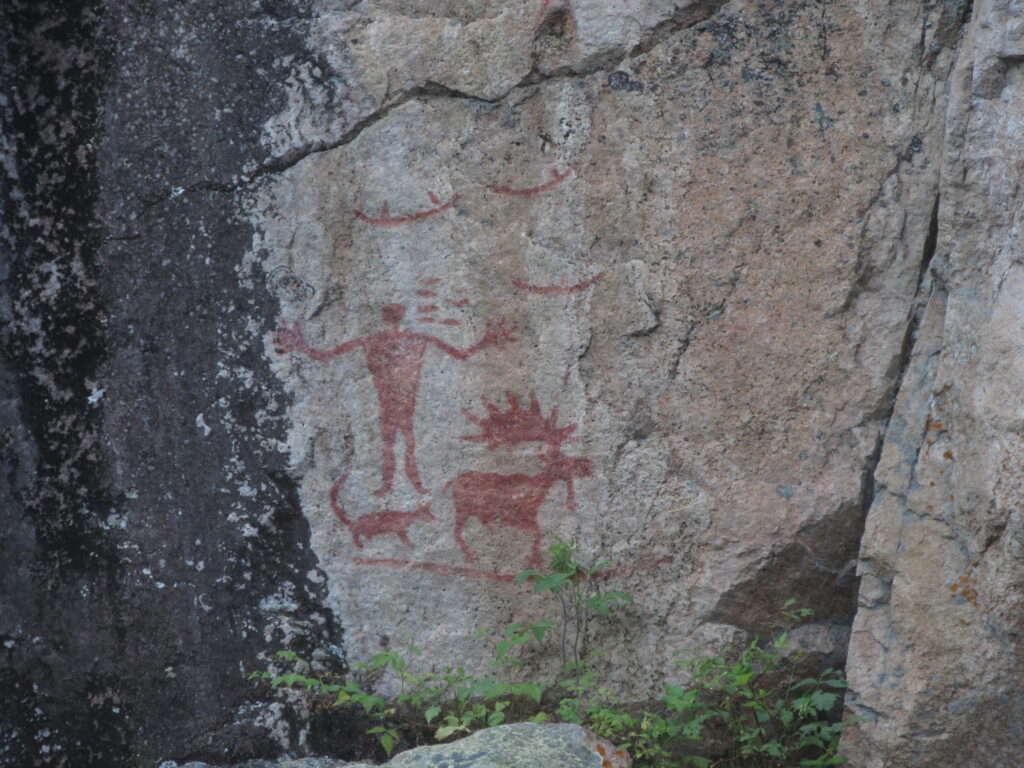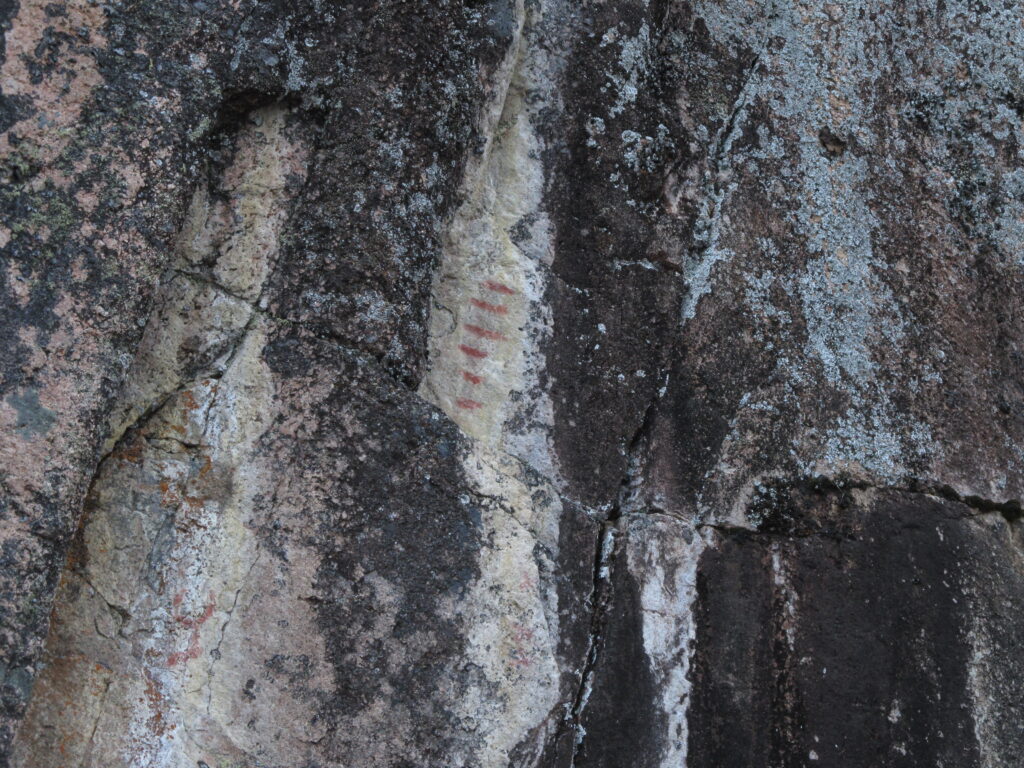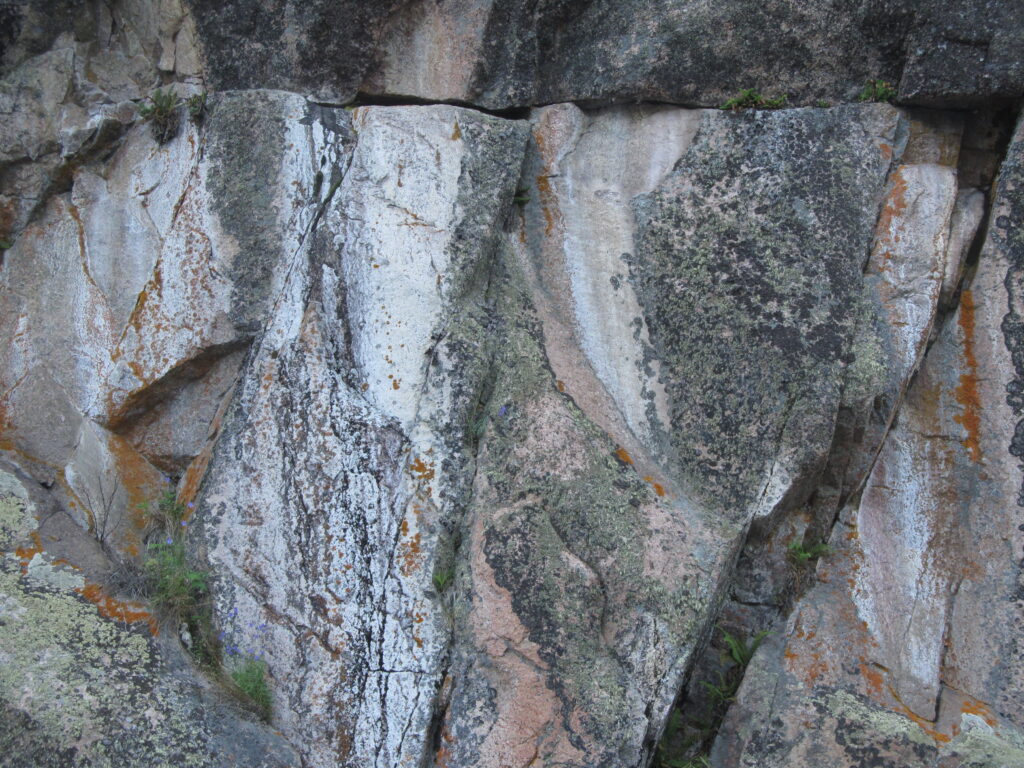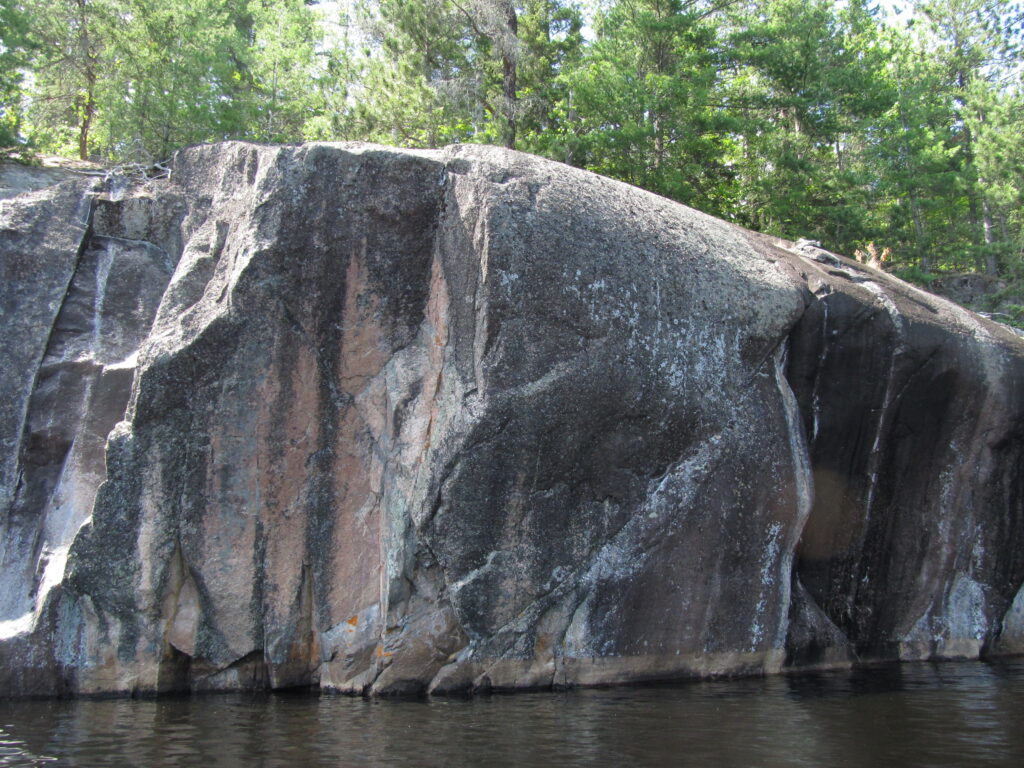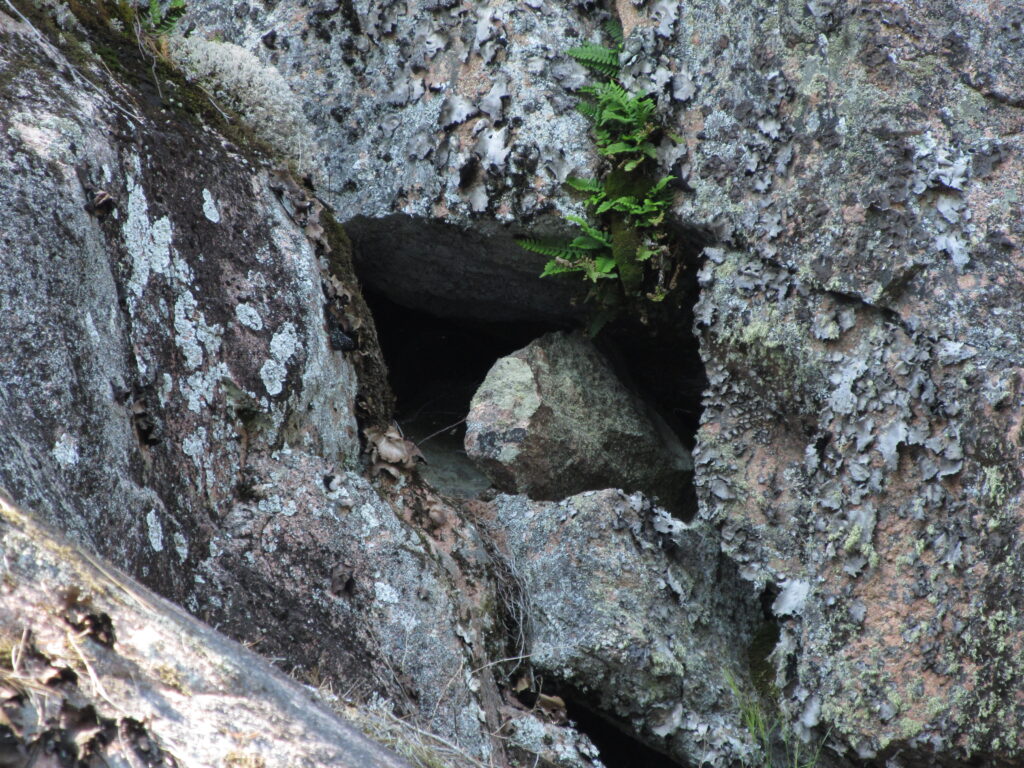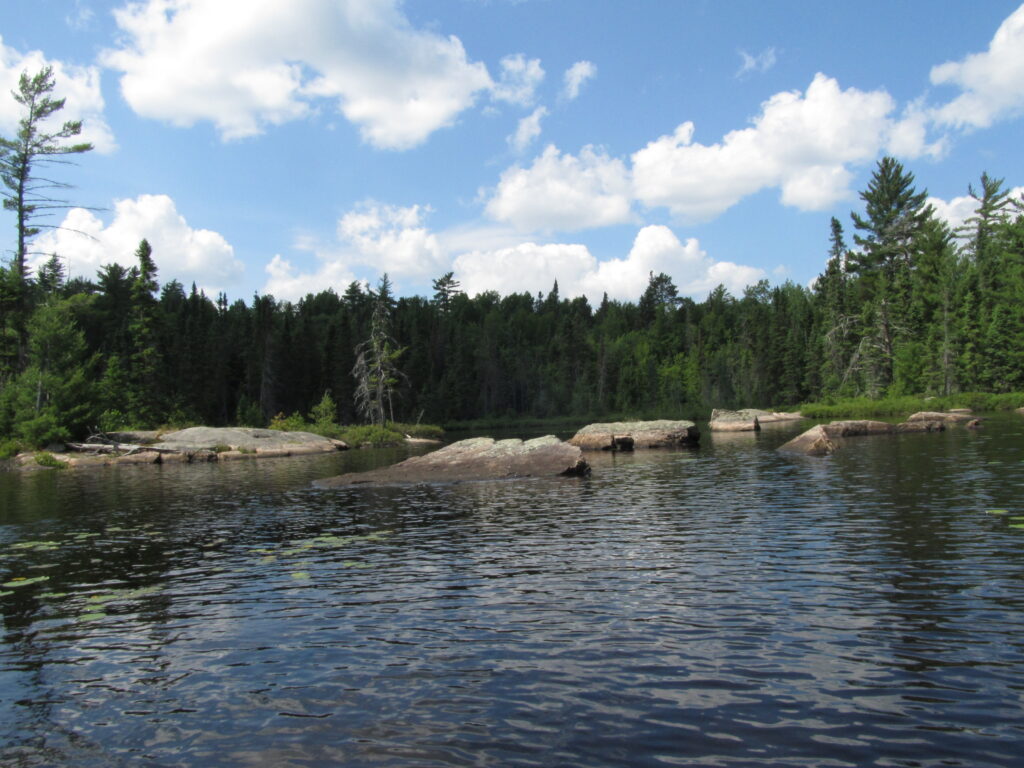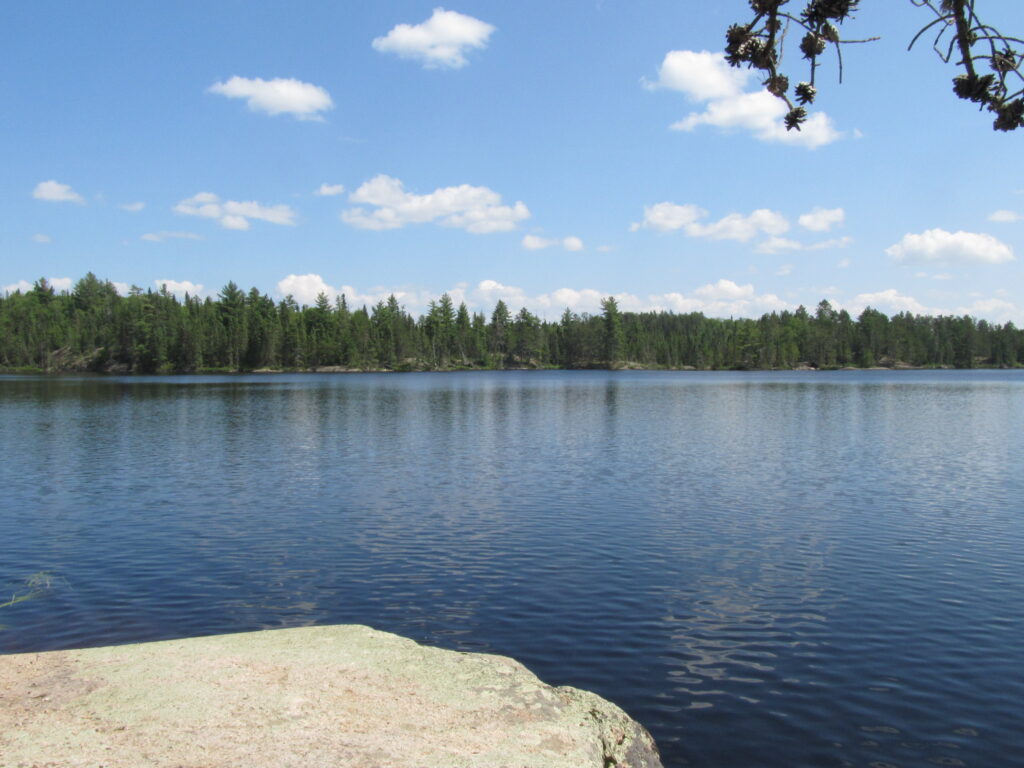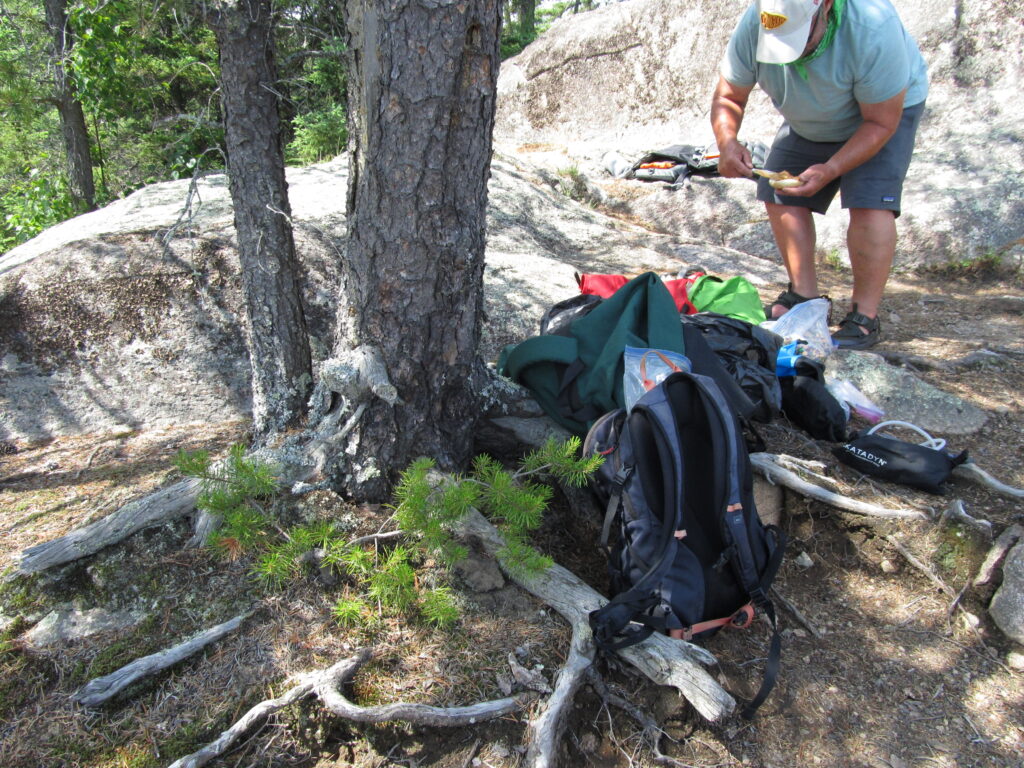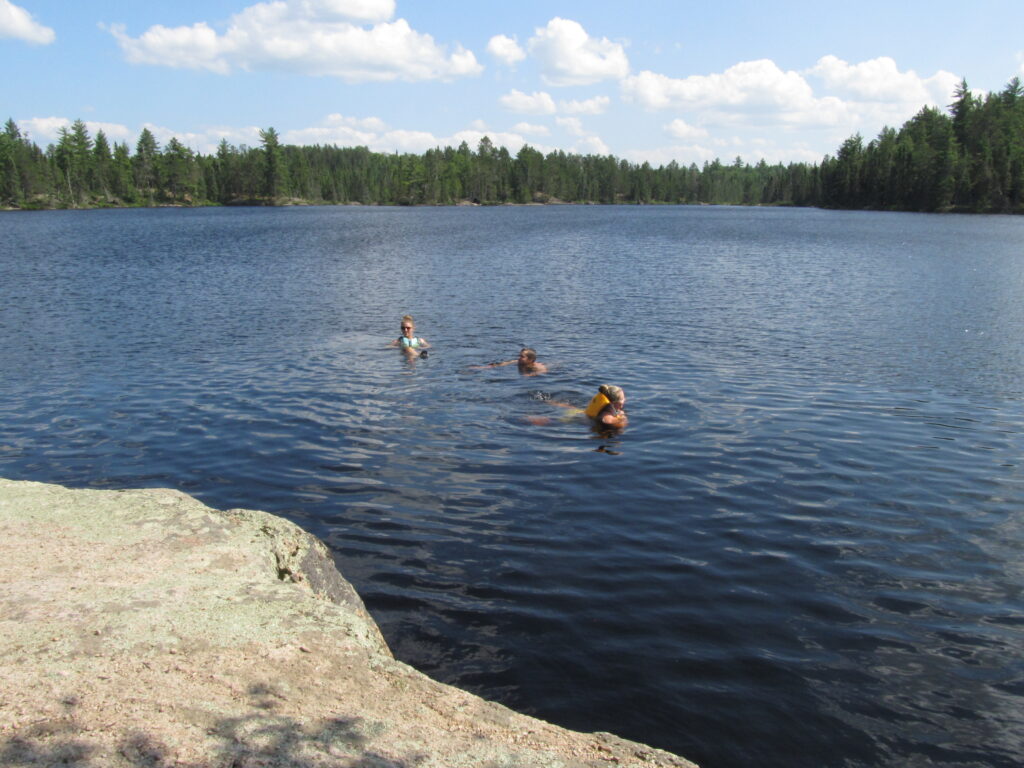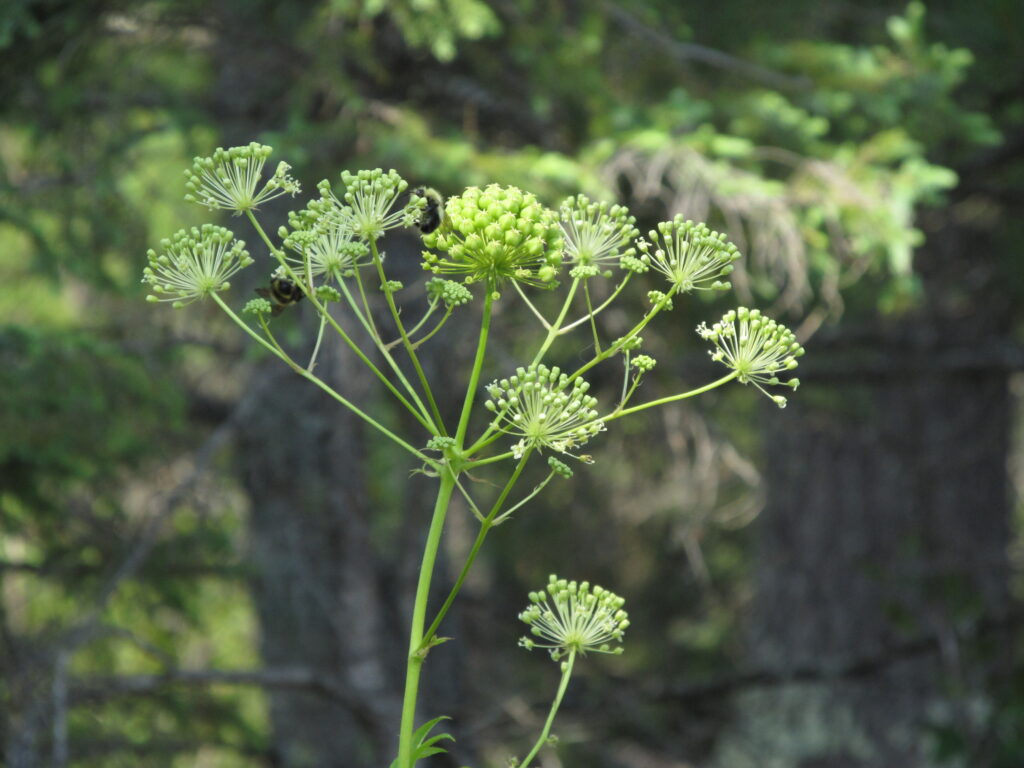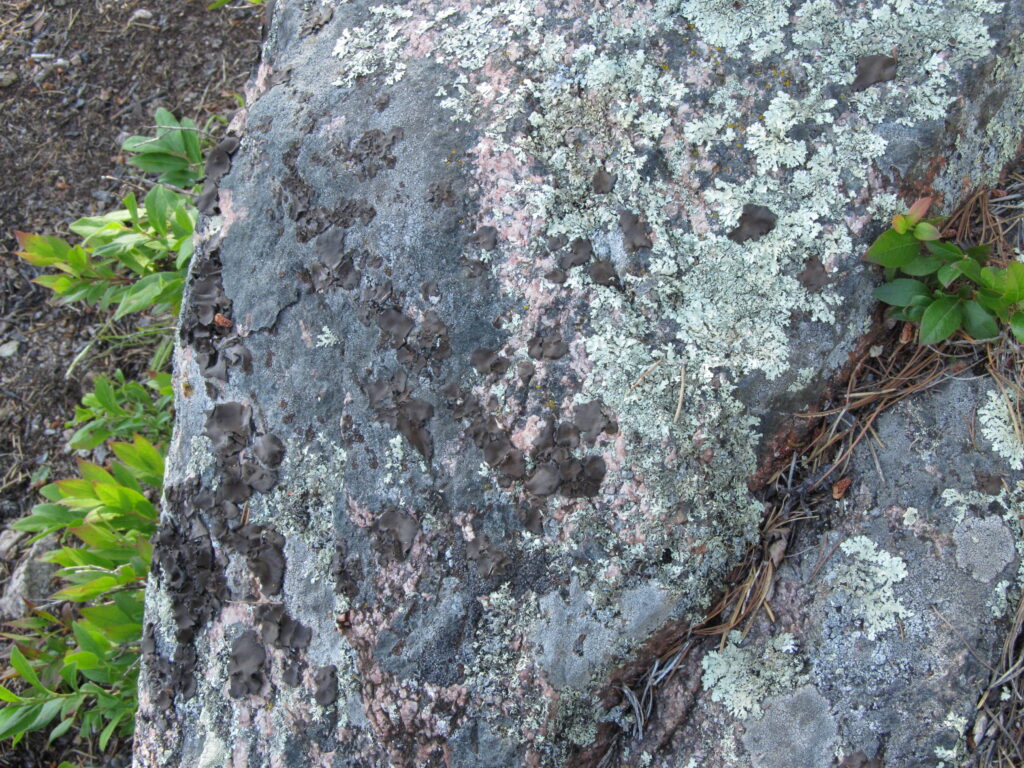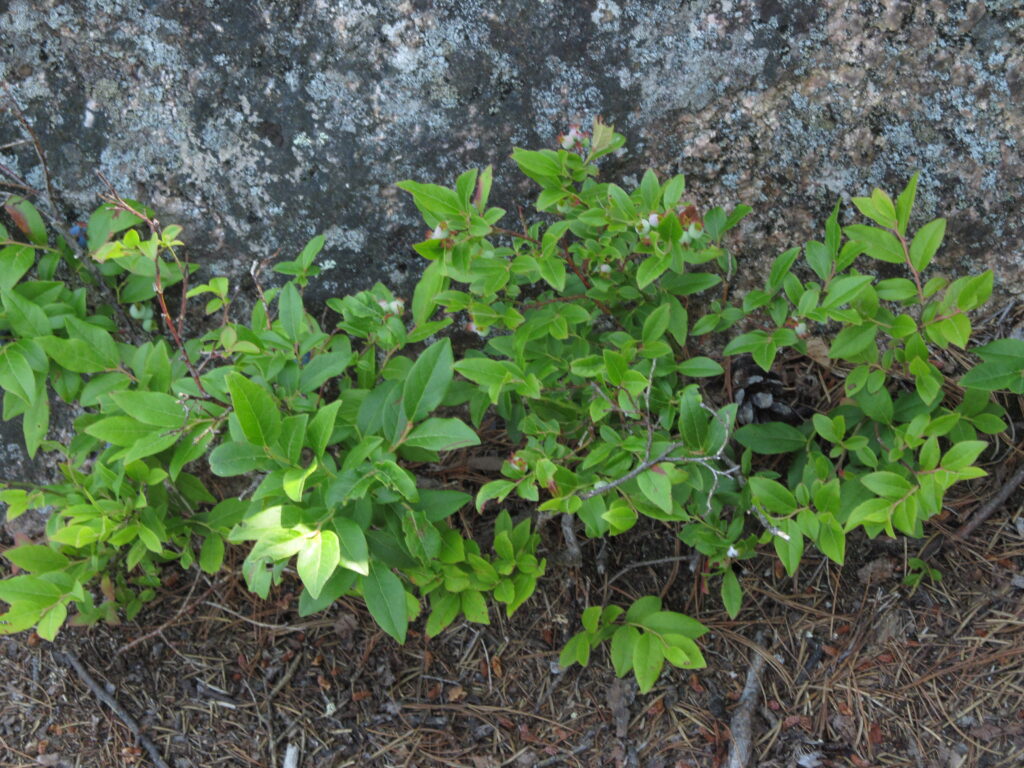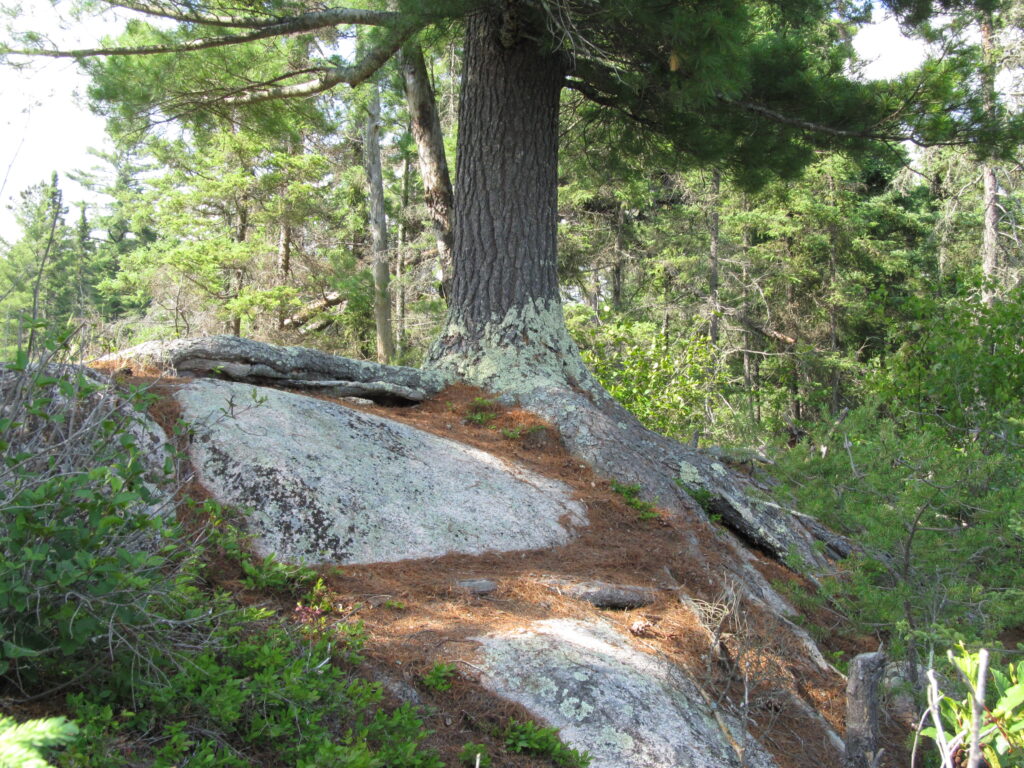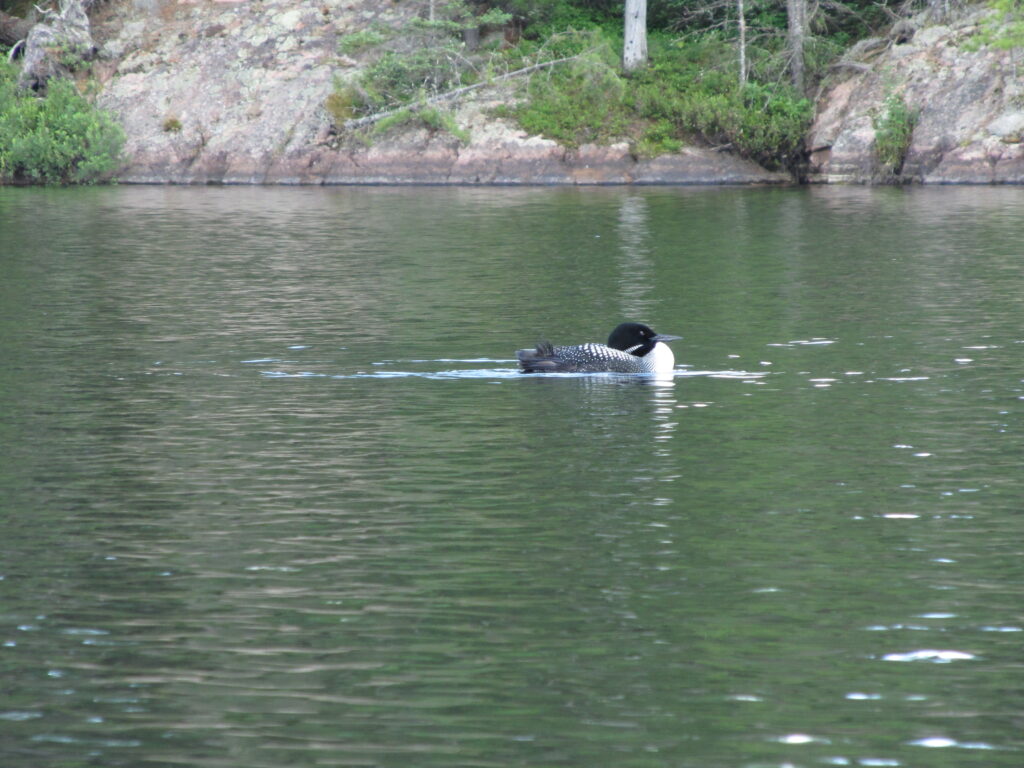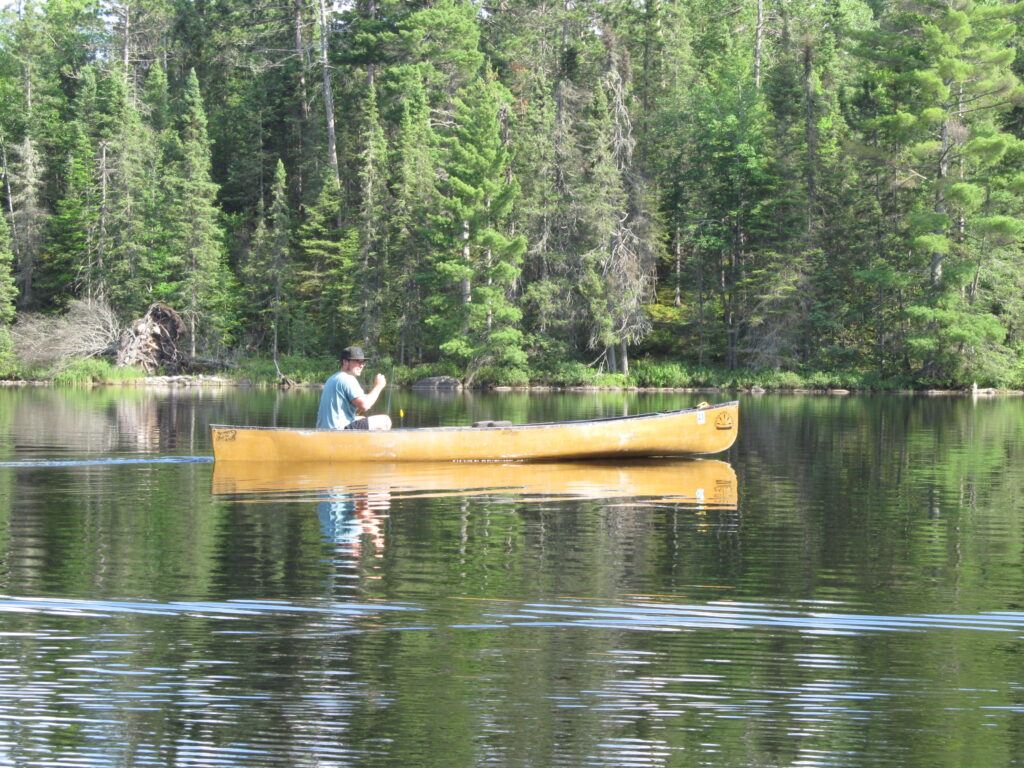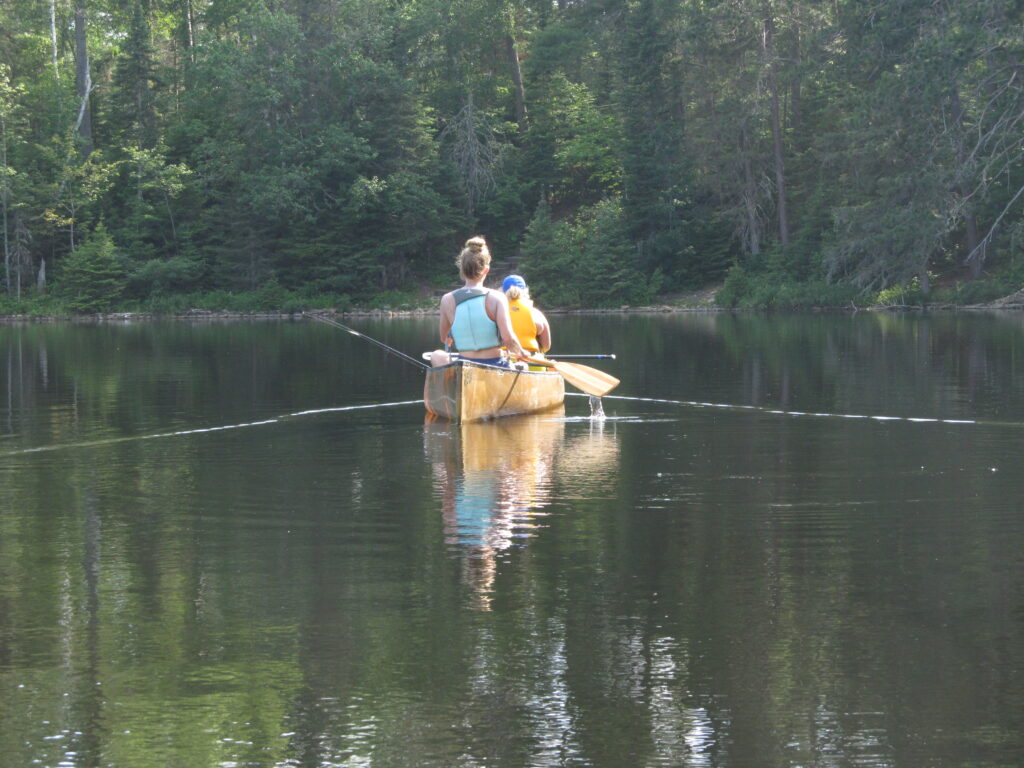I found the story of a life all in one leaf on our hike last weekend. It comes fairly close to my life at the age I find myself—certainly not the age I feel myself to be. If one is younger, the leaf would be much more green; if older, perhaps more black, and yet, within us all are all the colors. My young green has faded, but it is still there. Childhood memories are green, as is my curiosity and those times when I laugh at something unexpected and childishly delightful.
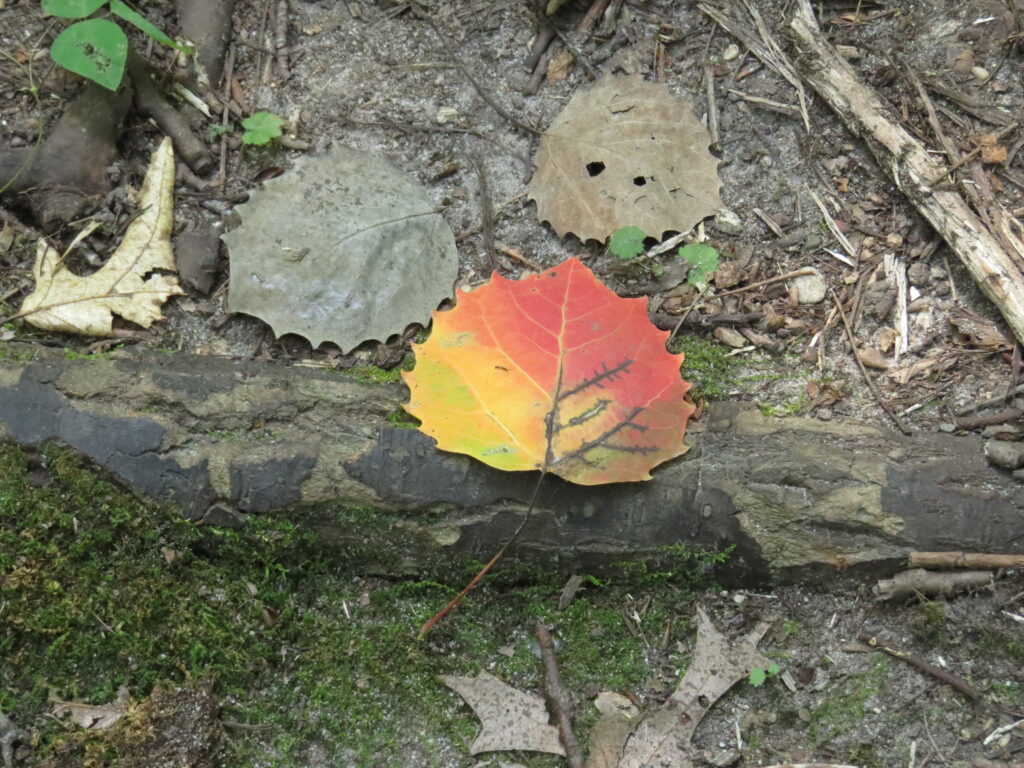
On the narrow trail of our hike was a lush stand of ferns near a life-giving wetland. The drought continues in central Minnesota, yet the wetland provided the mother’s milk for the surrounding plants. The vegetation was green, vibrant, and in some cases, flowering.
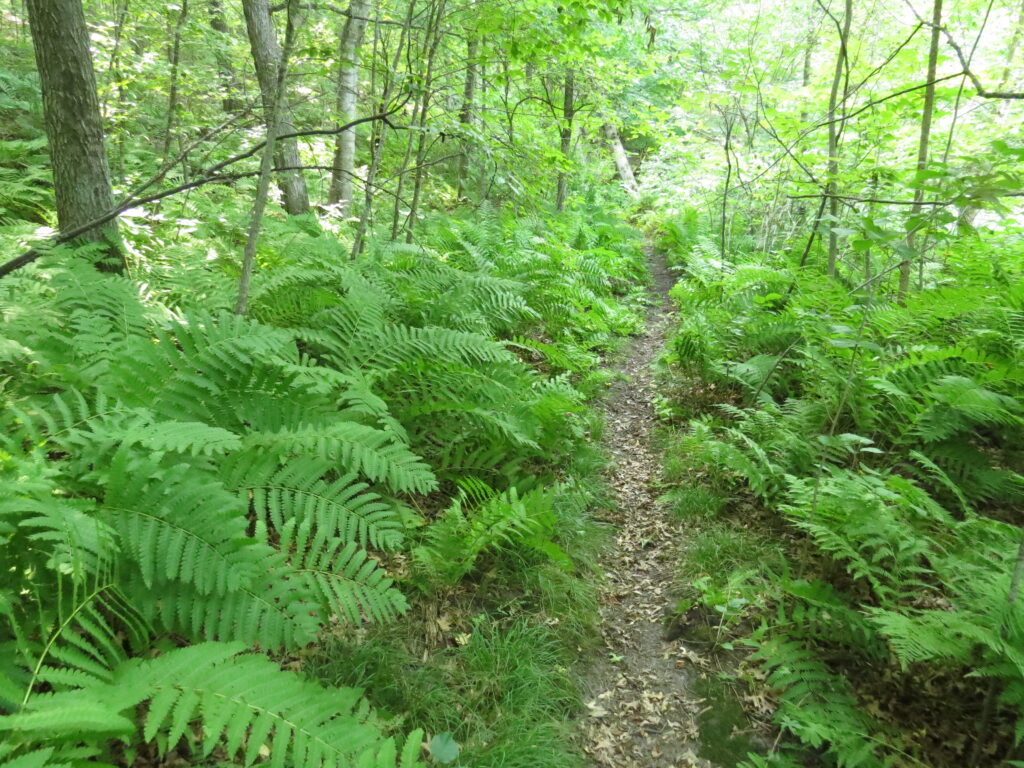
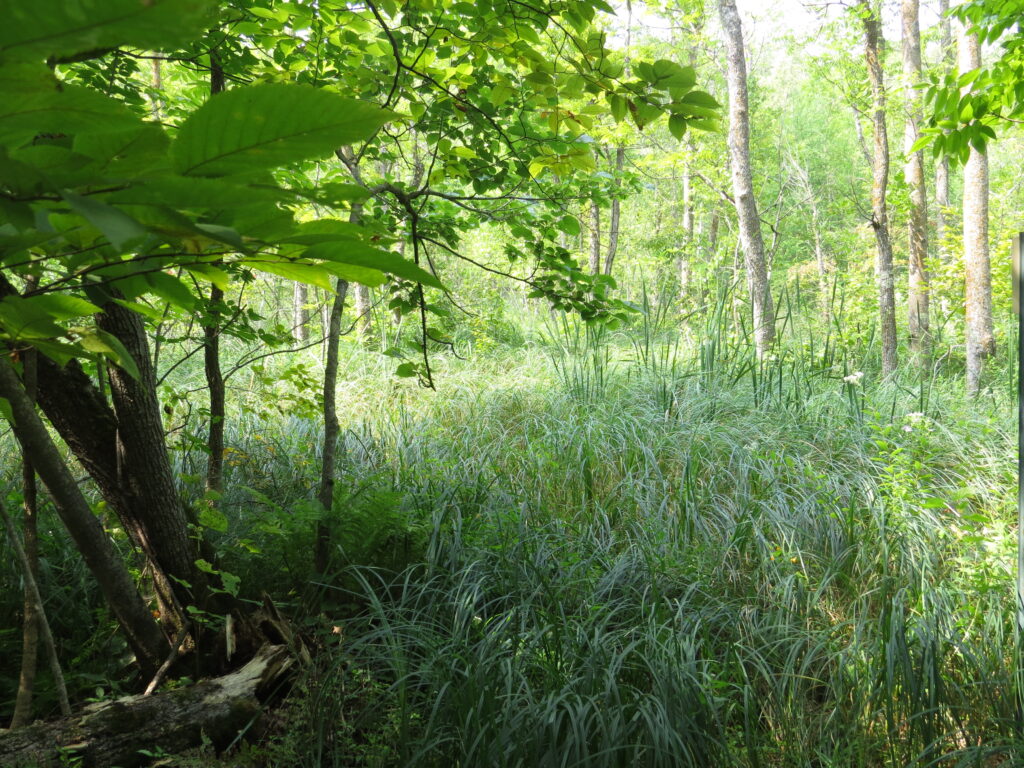
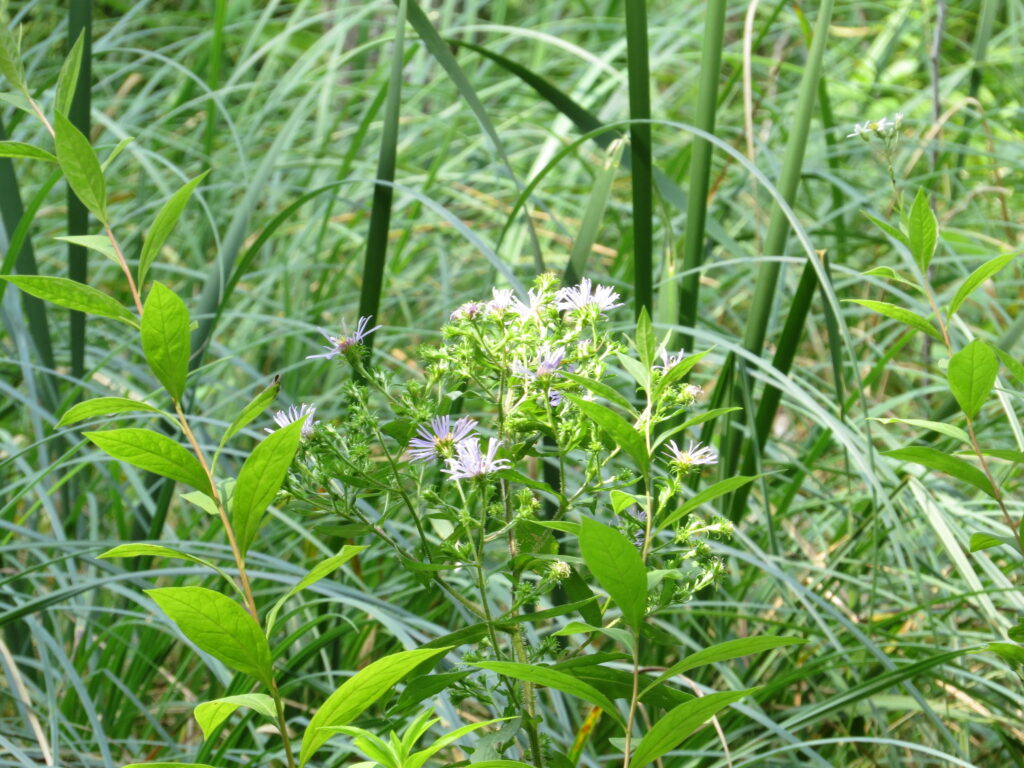
Green is suppleness and flexibility like the Leatherwood shrub. Those parts of youth may have stiffened with age, but body practices like yoga and qigong can help reverse, or at least keep at bay, that stiffening.
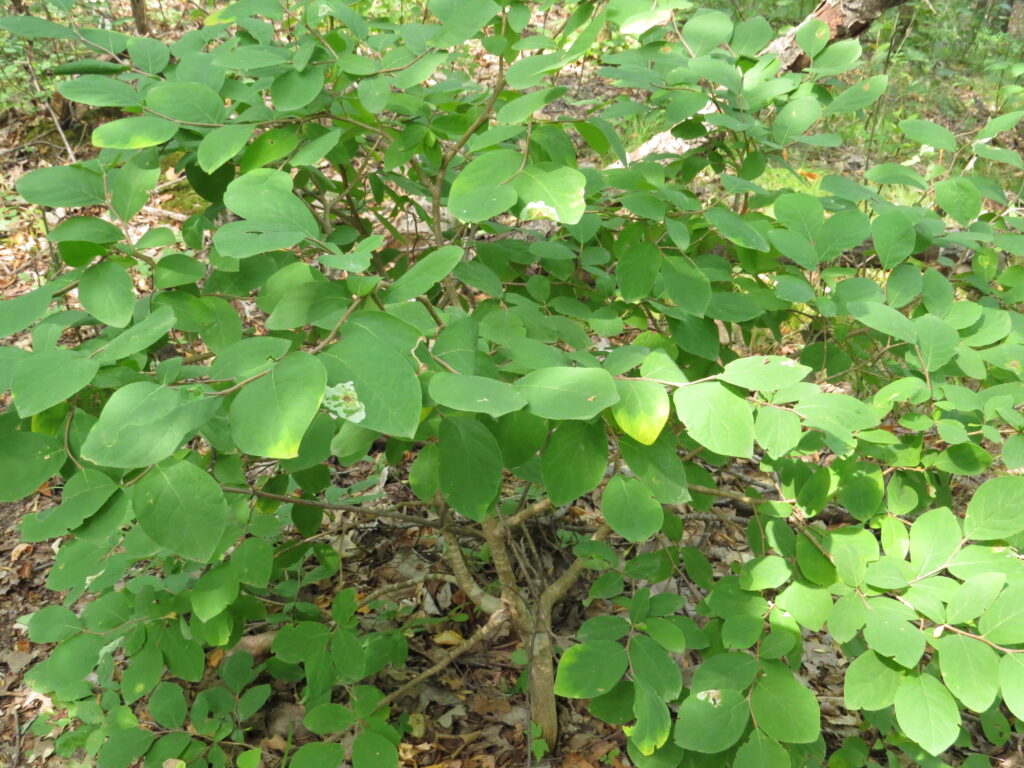
Young adulthood is green and yellow, a complex intermingling of growth and stability, of space and closeness, of venturing out on one’s own and clinging tightly to loved ones. It is a time for flowering. I still have yellow in my life.
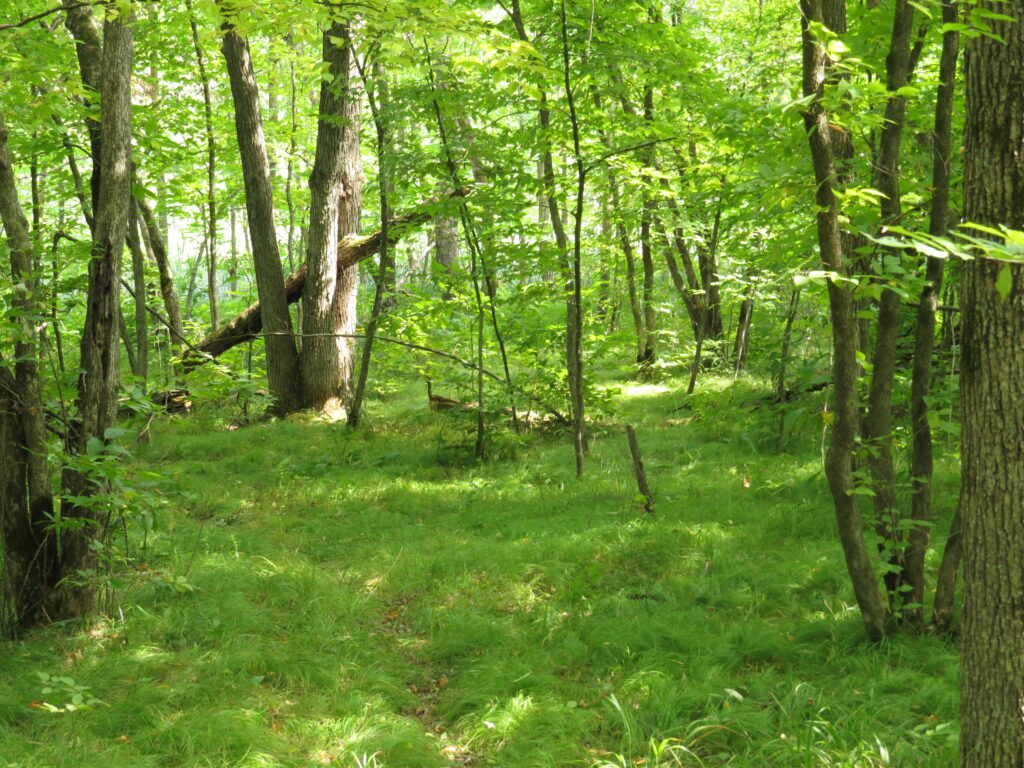
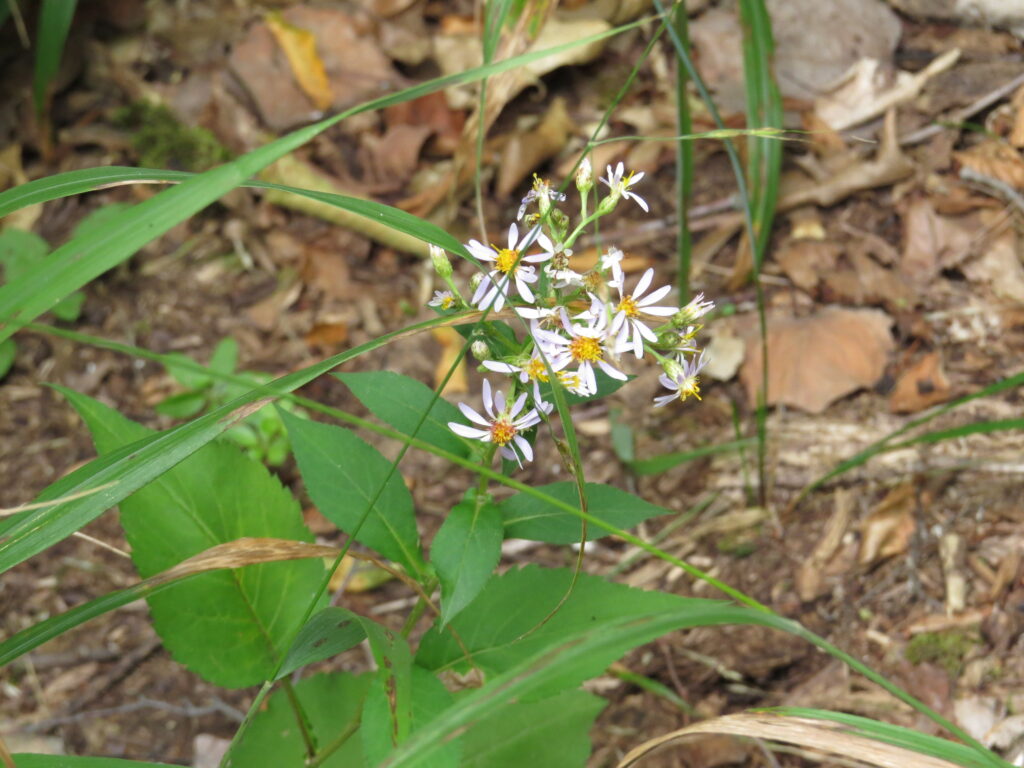
Yellow morphs into red, into maturity, into production, into fruit bearing. Life in the red zone is busy, noisy, urgent, and full of life. I find that again when in the presence of the fruit that I bore.
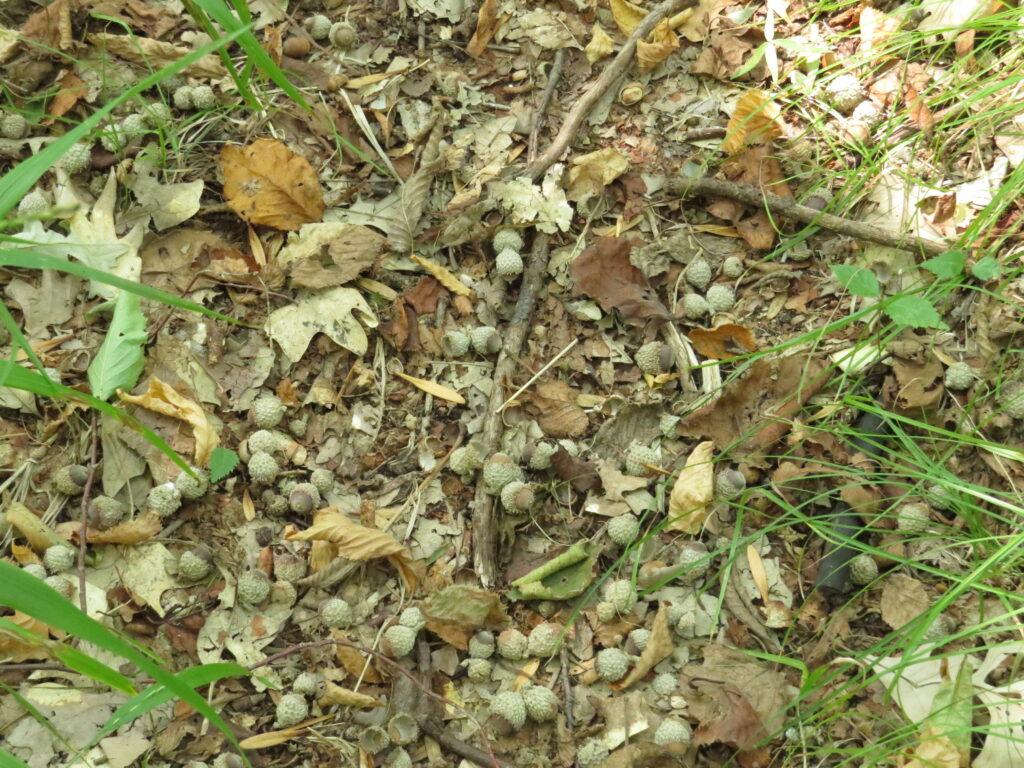
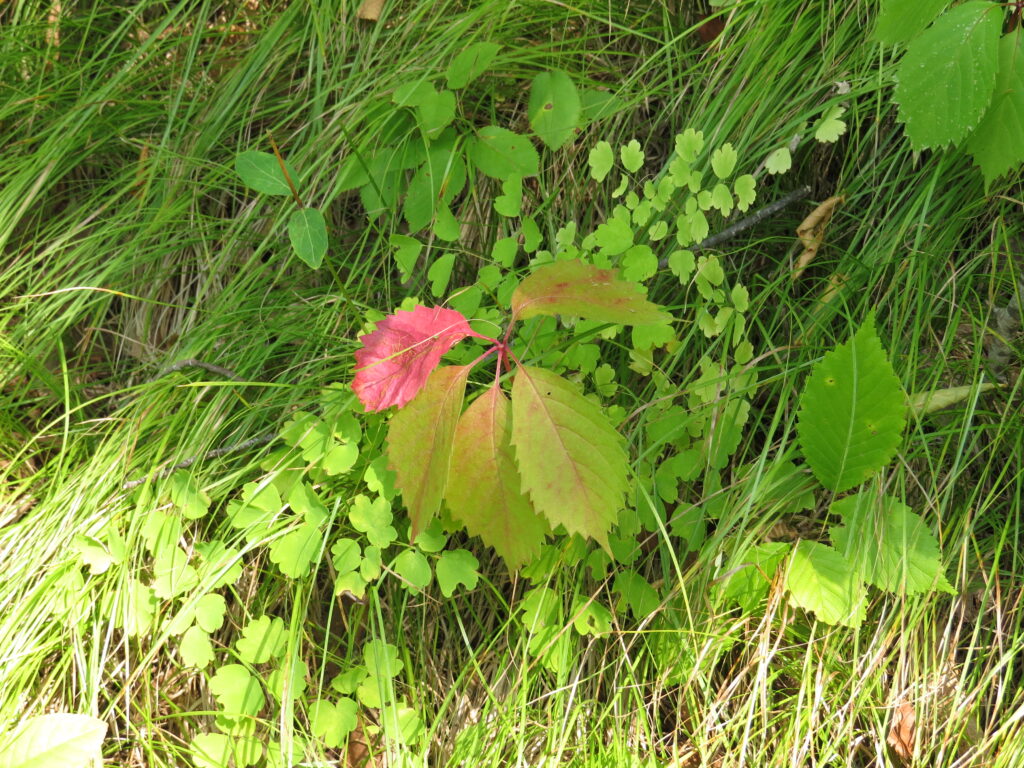
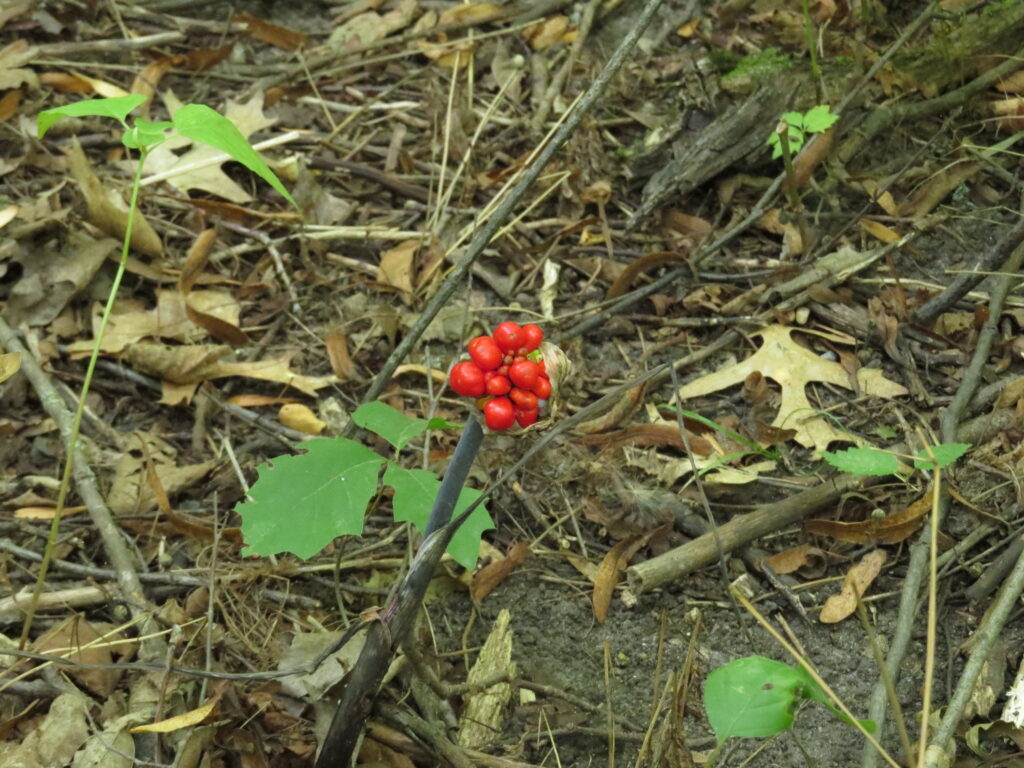
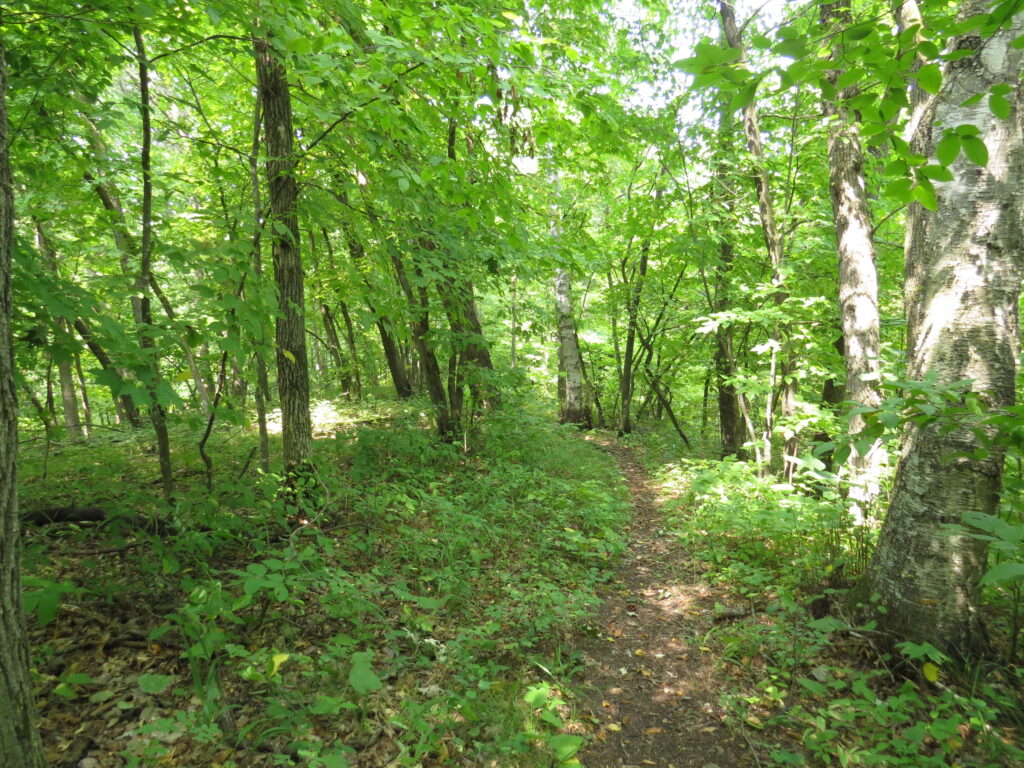
Brown creeps in to the red zone, slowing the busy, quieting the noisy, easing the urgent. It is a rich time. I’m glad my second favorite color is brown.
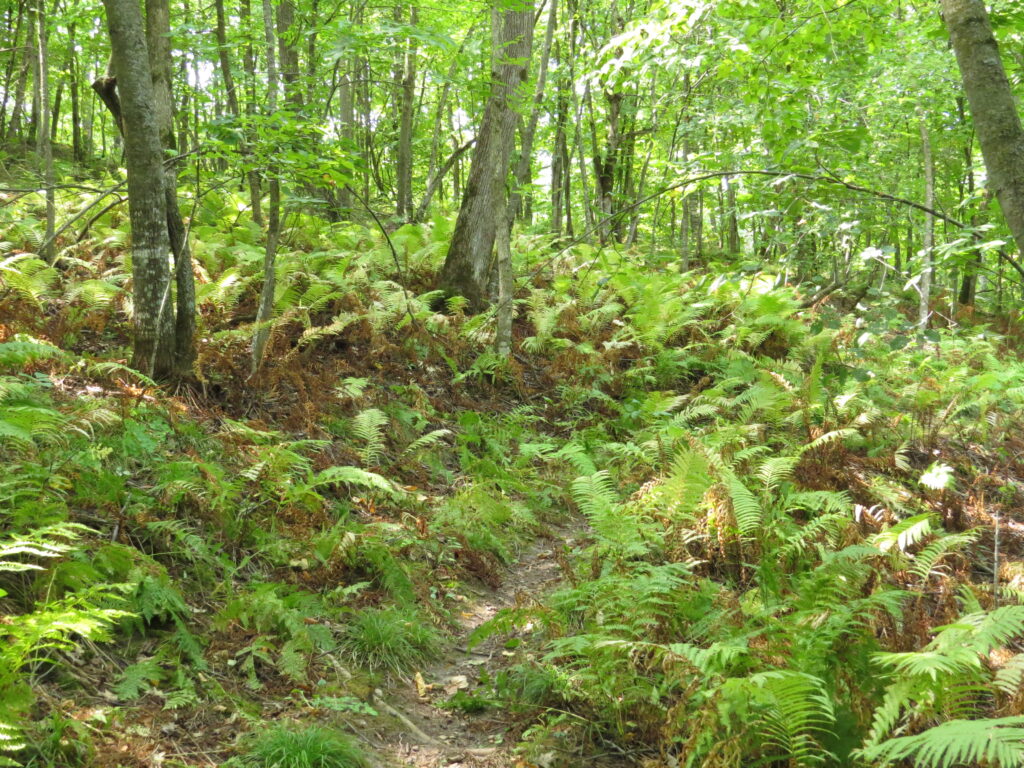
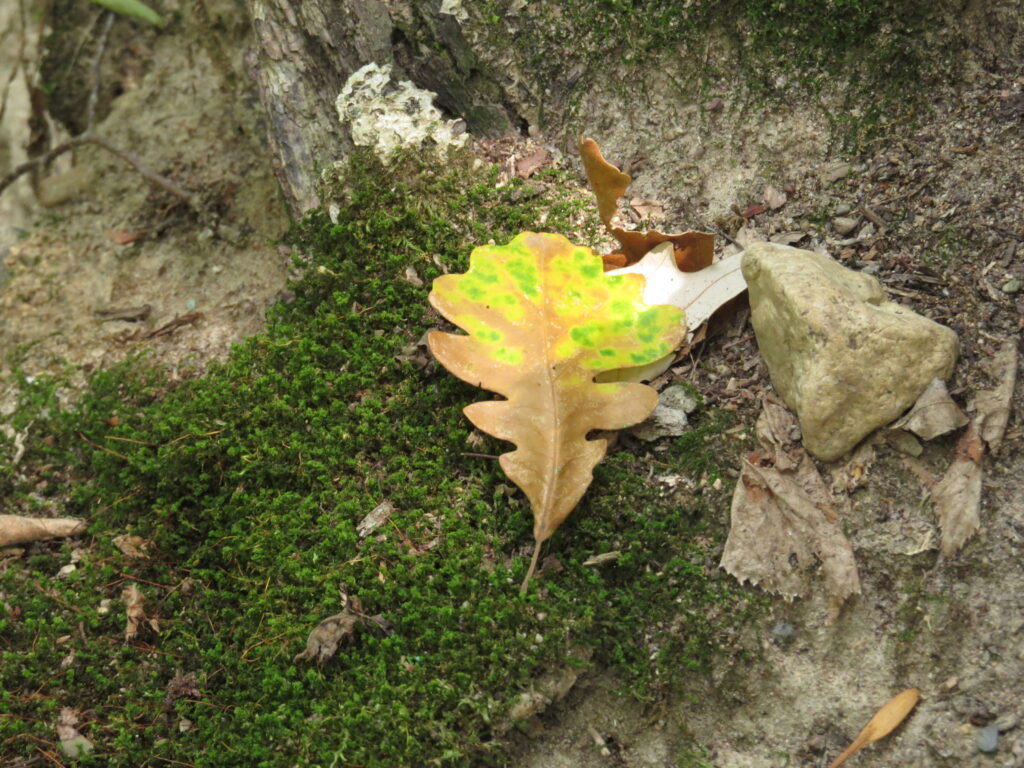
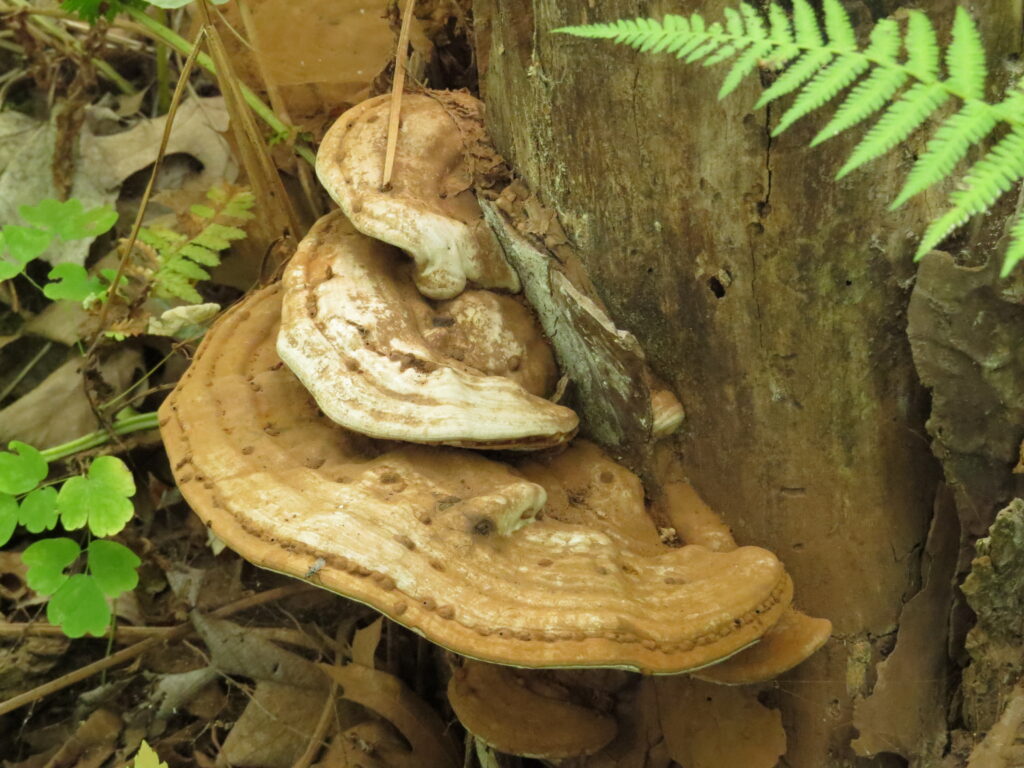
Black inches into our lives, sometimes with a crash, sometimes from our center even as our growing edge is still pure and white. Black is unexpected, usually unwanted, but confoundingly inevitable.
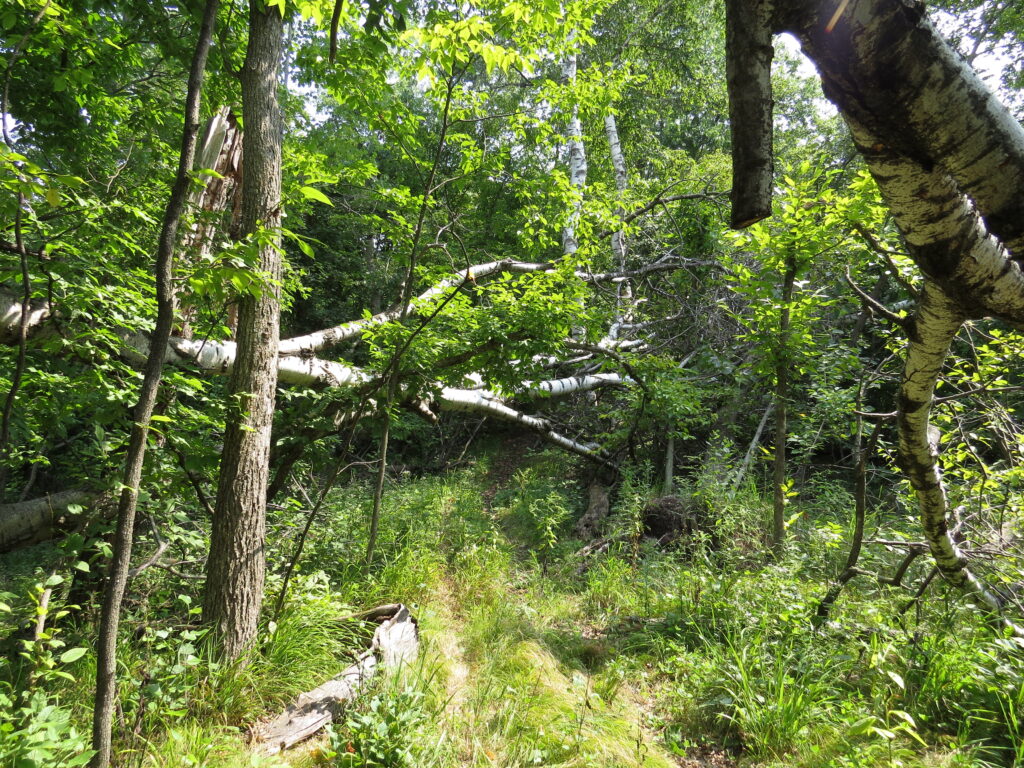
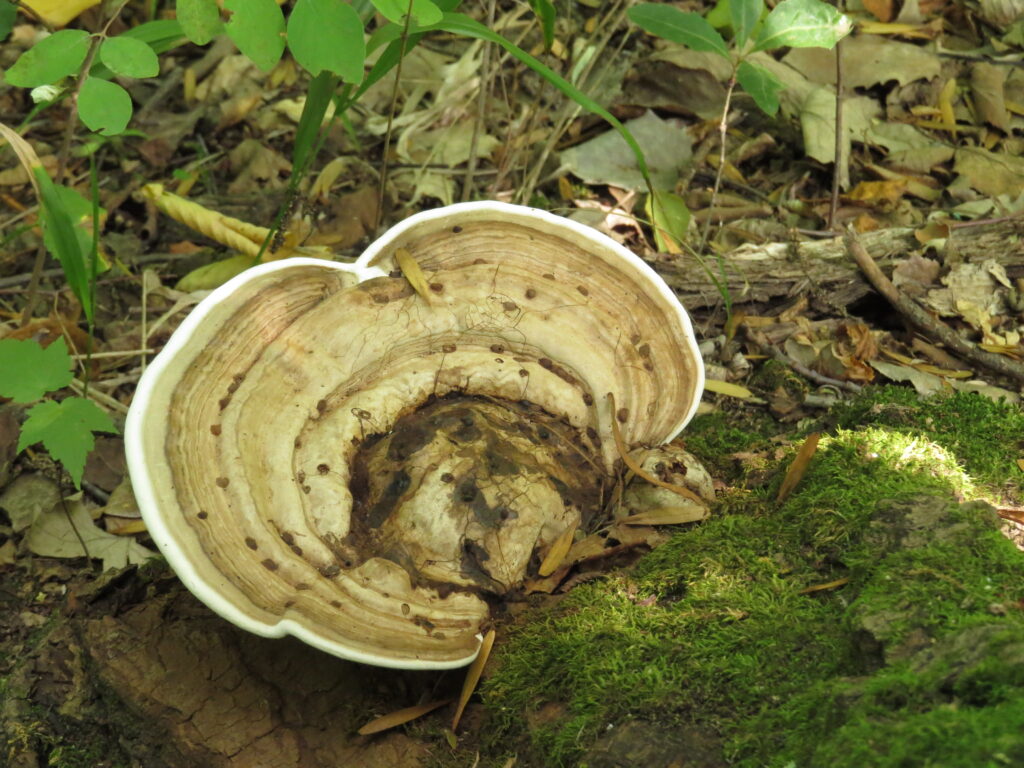
How do we befriend it? As I roam in the red-brown zone, it becomes more clear to me that the journey through the Black Spruce forest is a time of mystery and wonder. We can turn old age into new age—not our mortal bodies but our immortal souls. So I plan to walk down that boggy path with awareness, through shadows and light, breathing in the mind-enlightening smell of evergreen boughs, into Goodness and Light.
